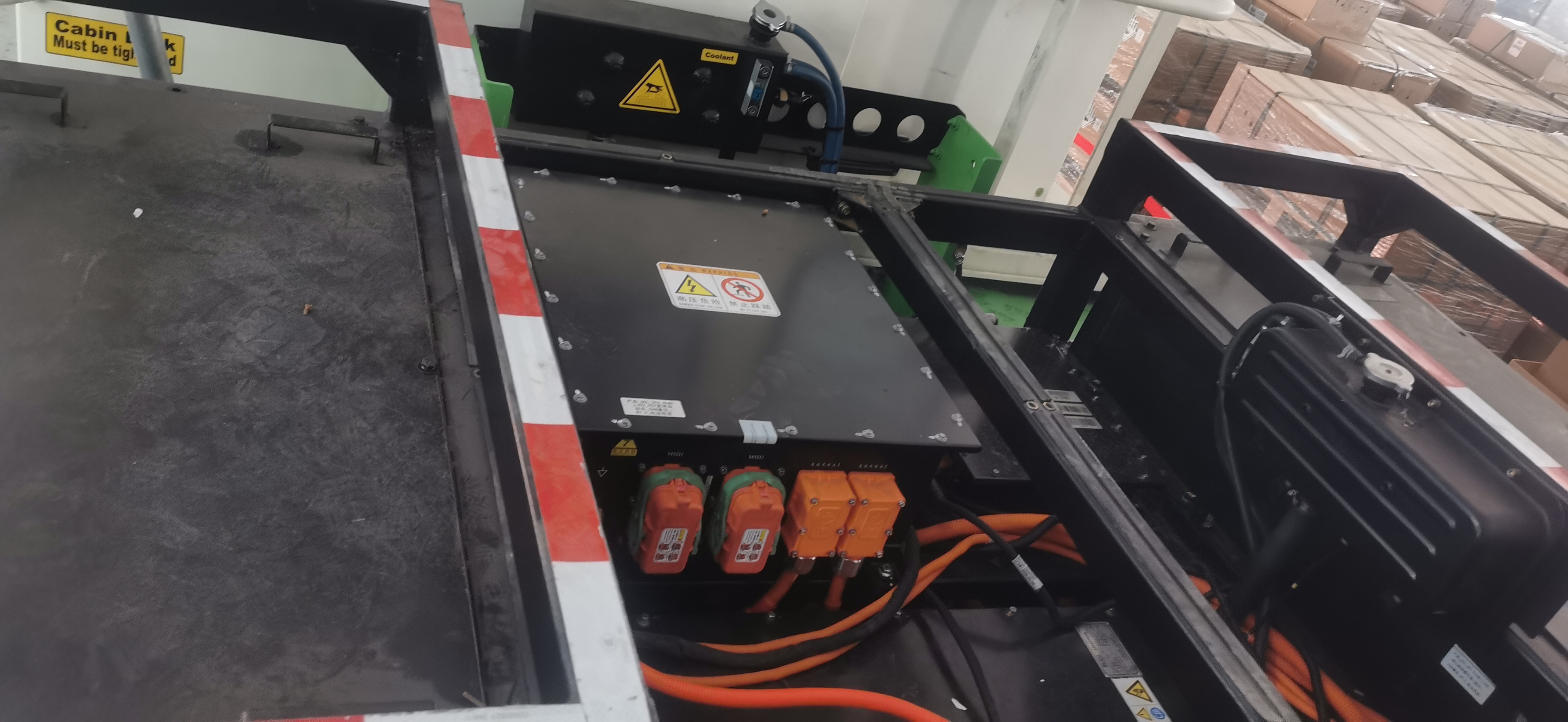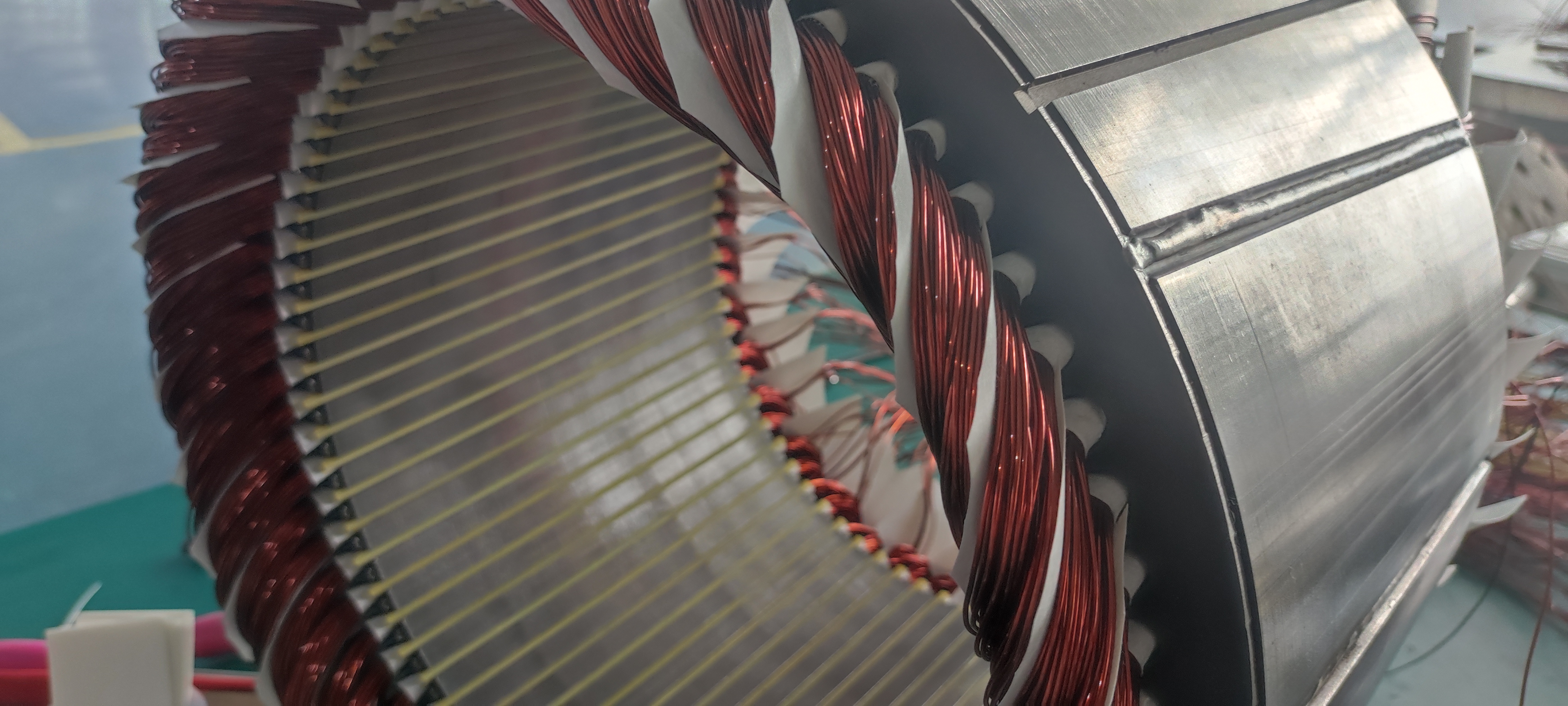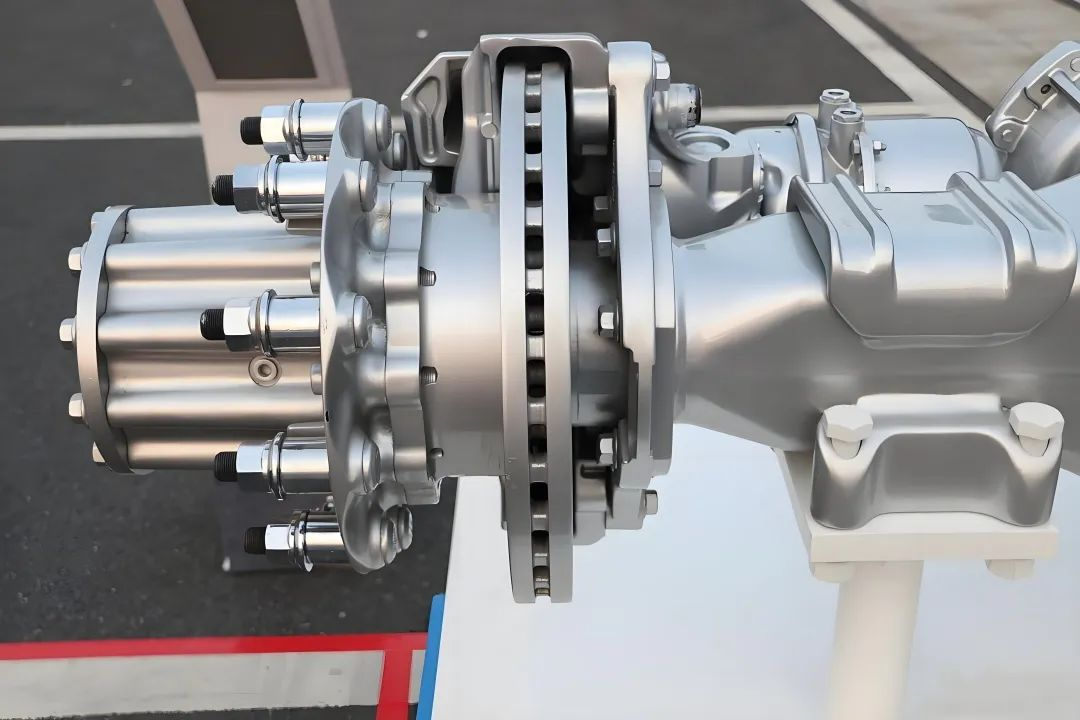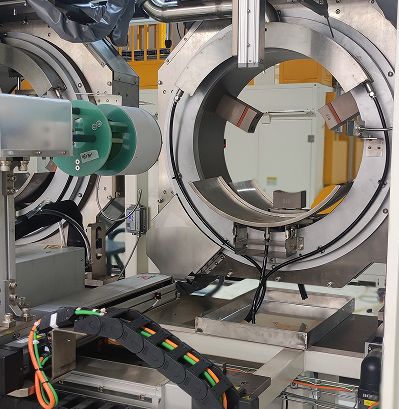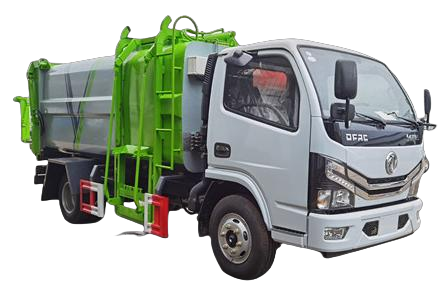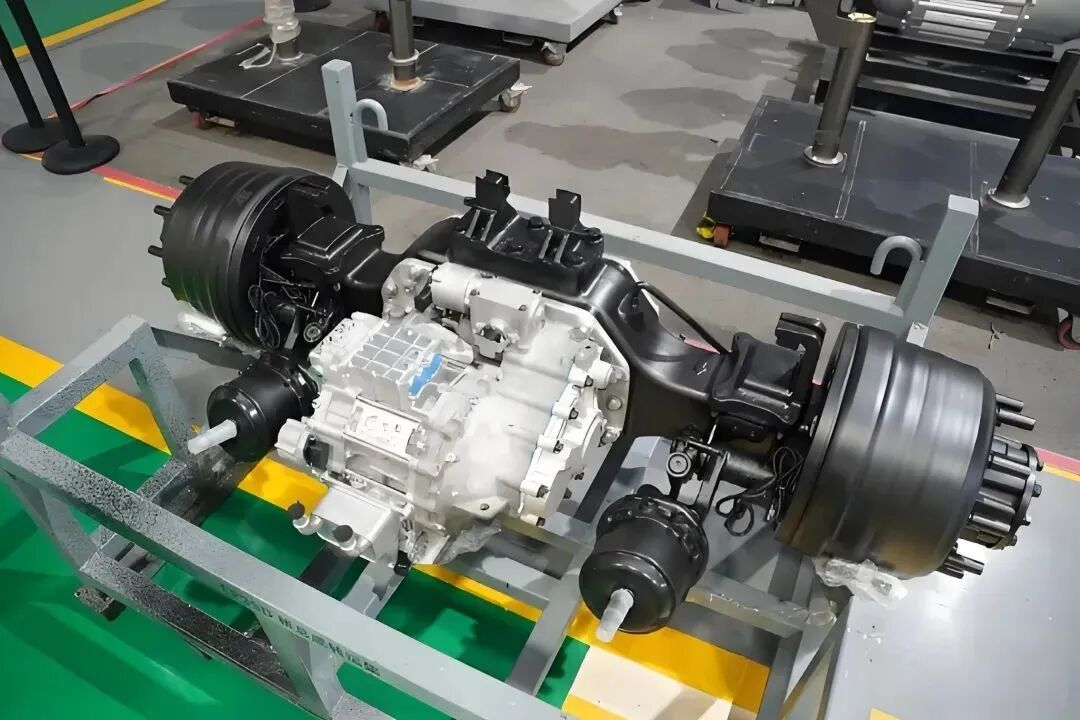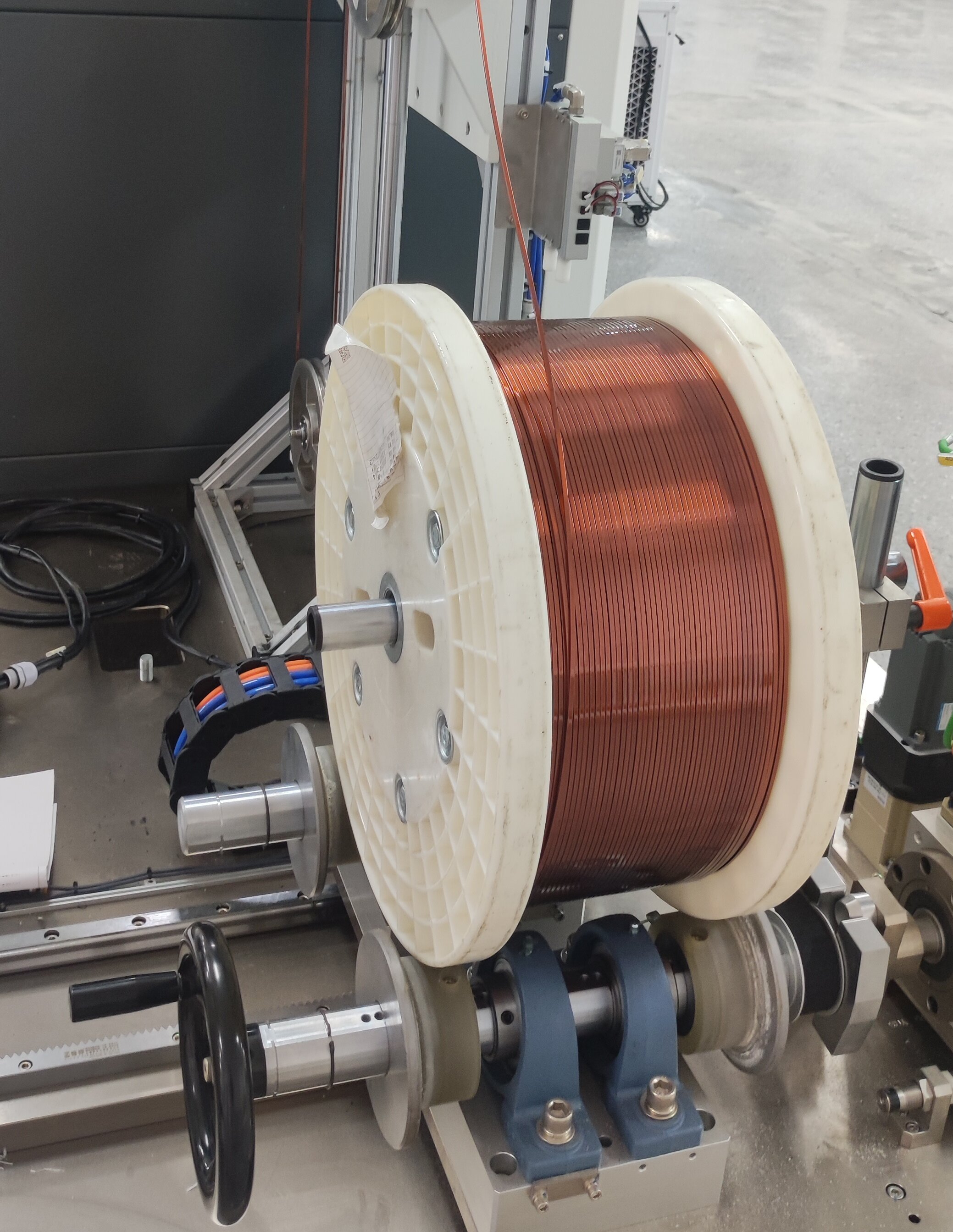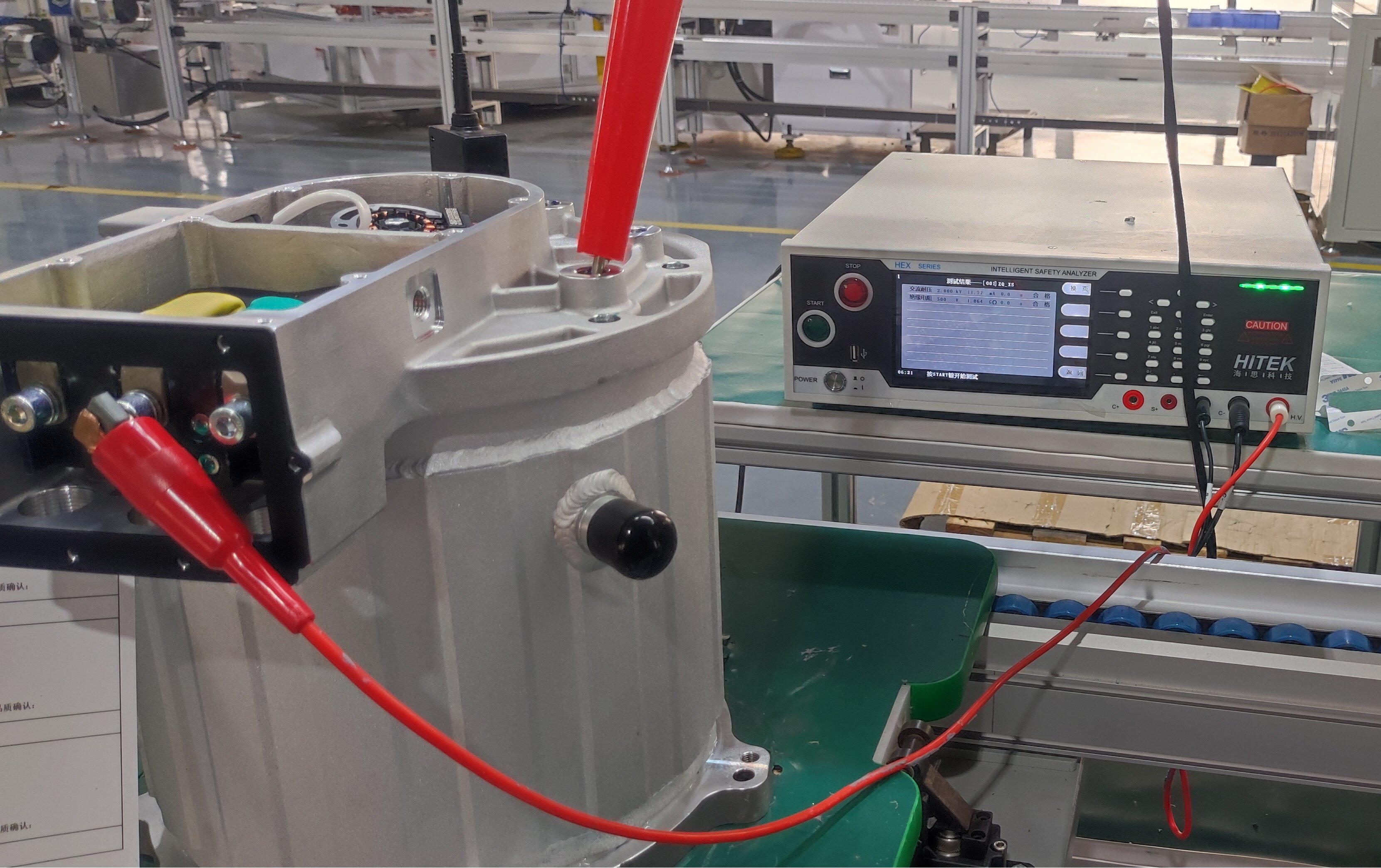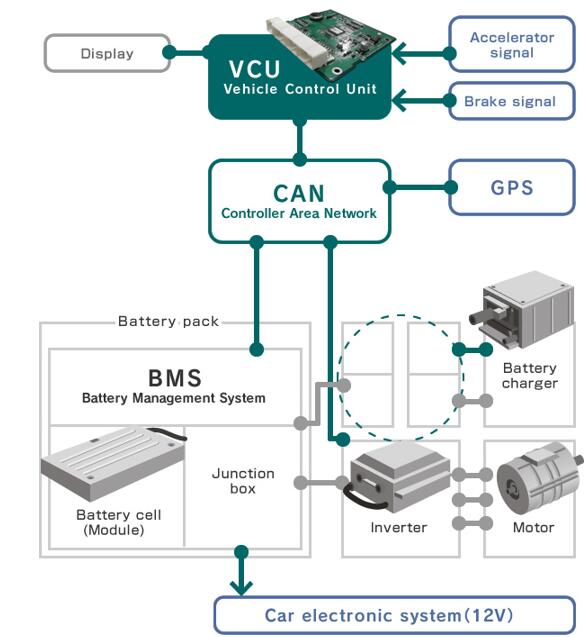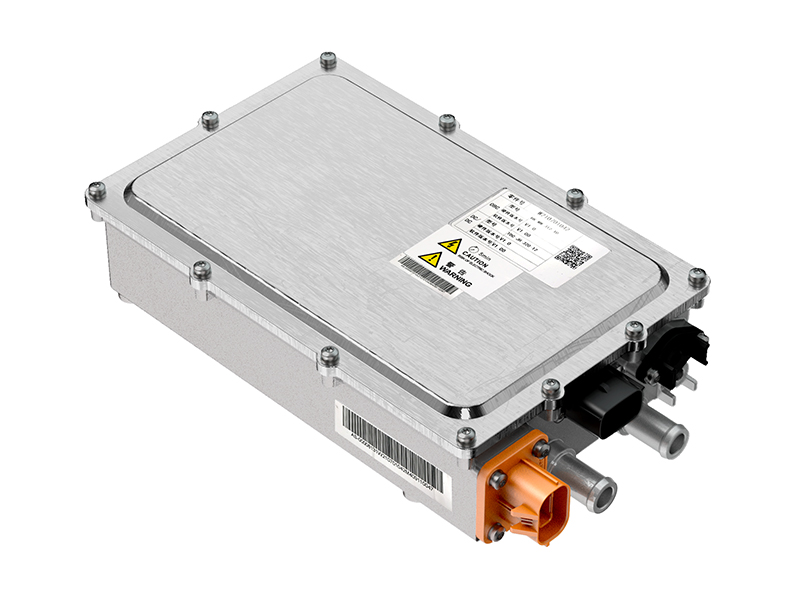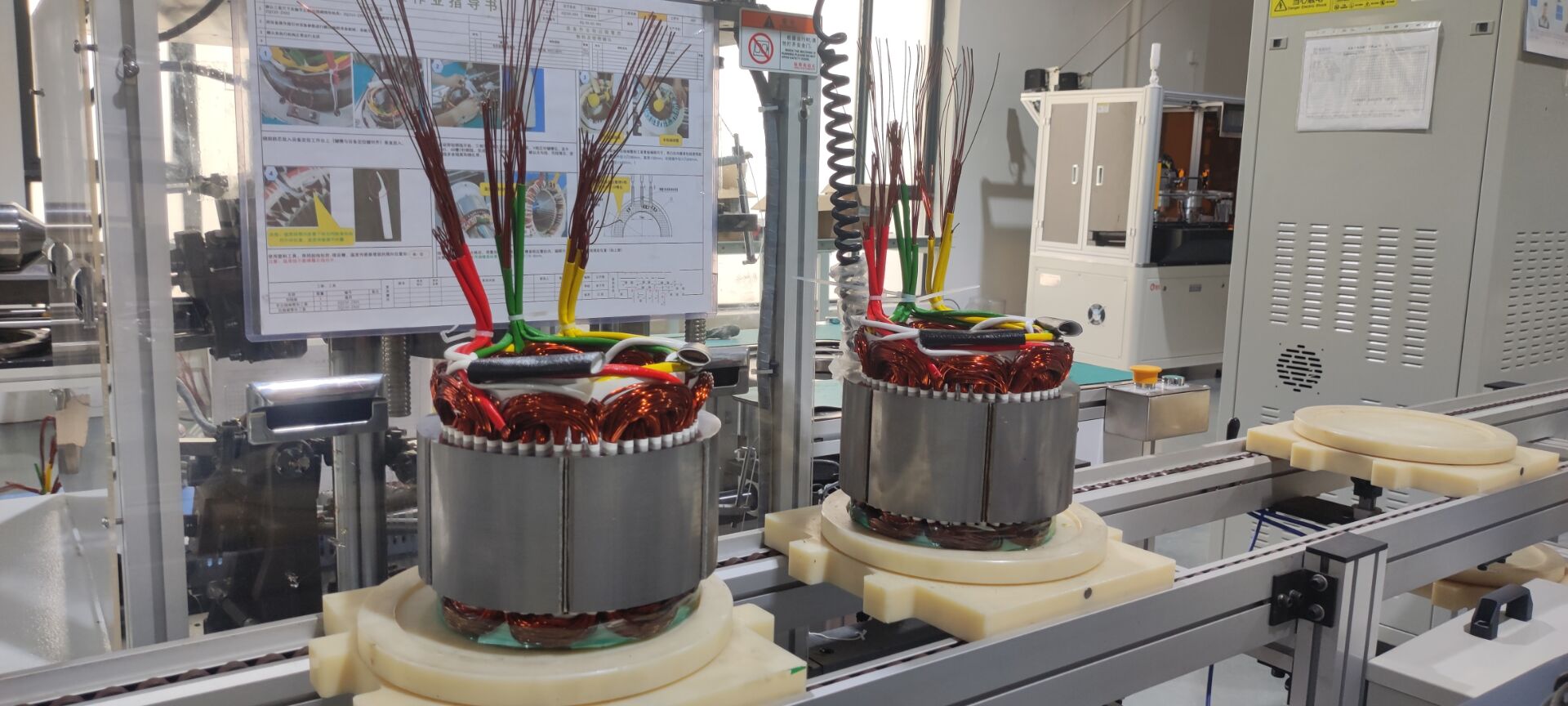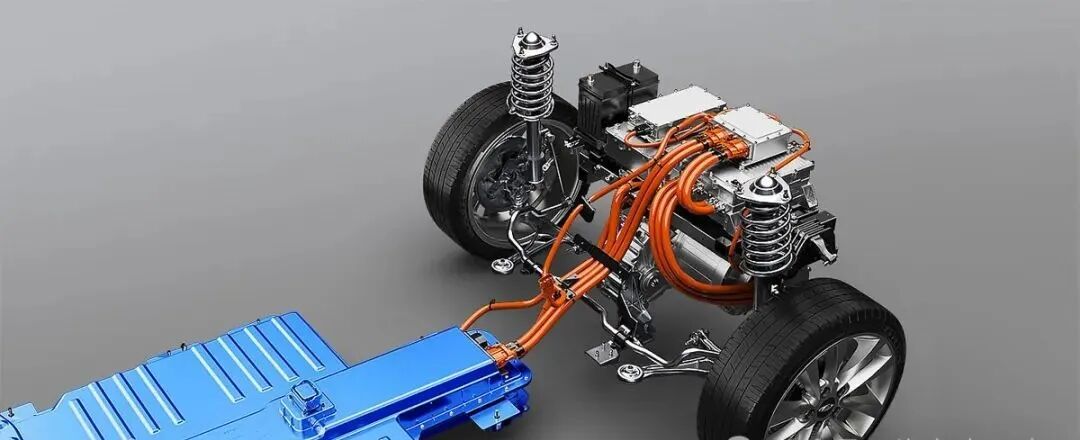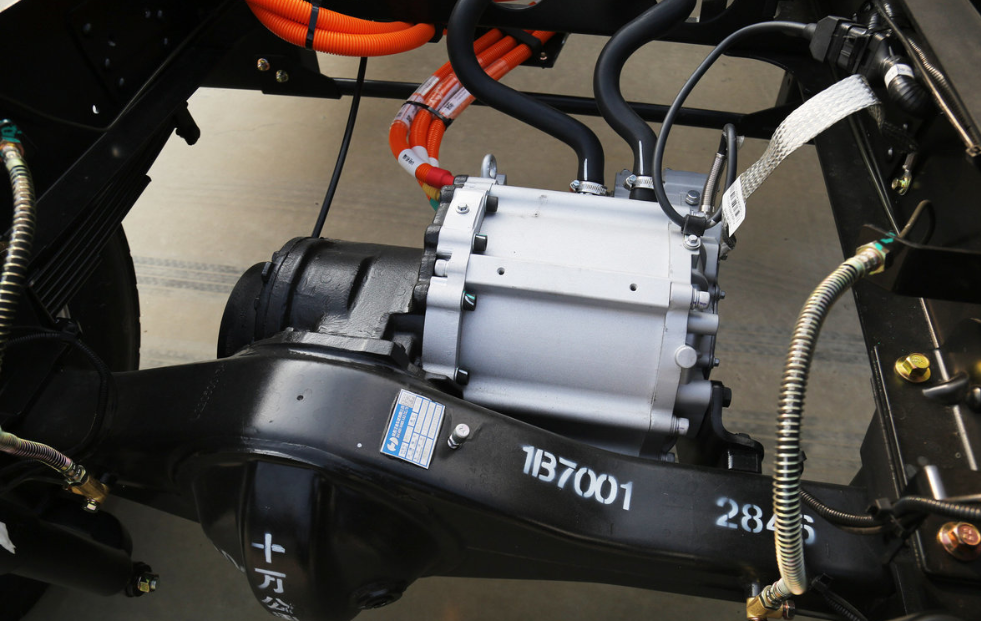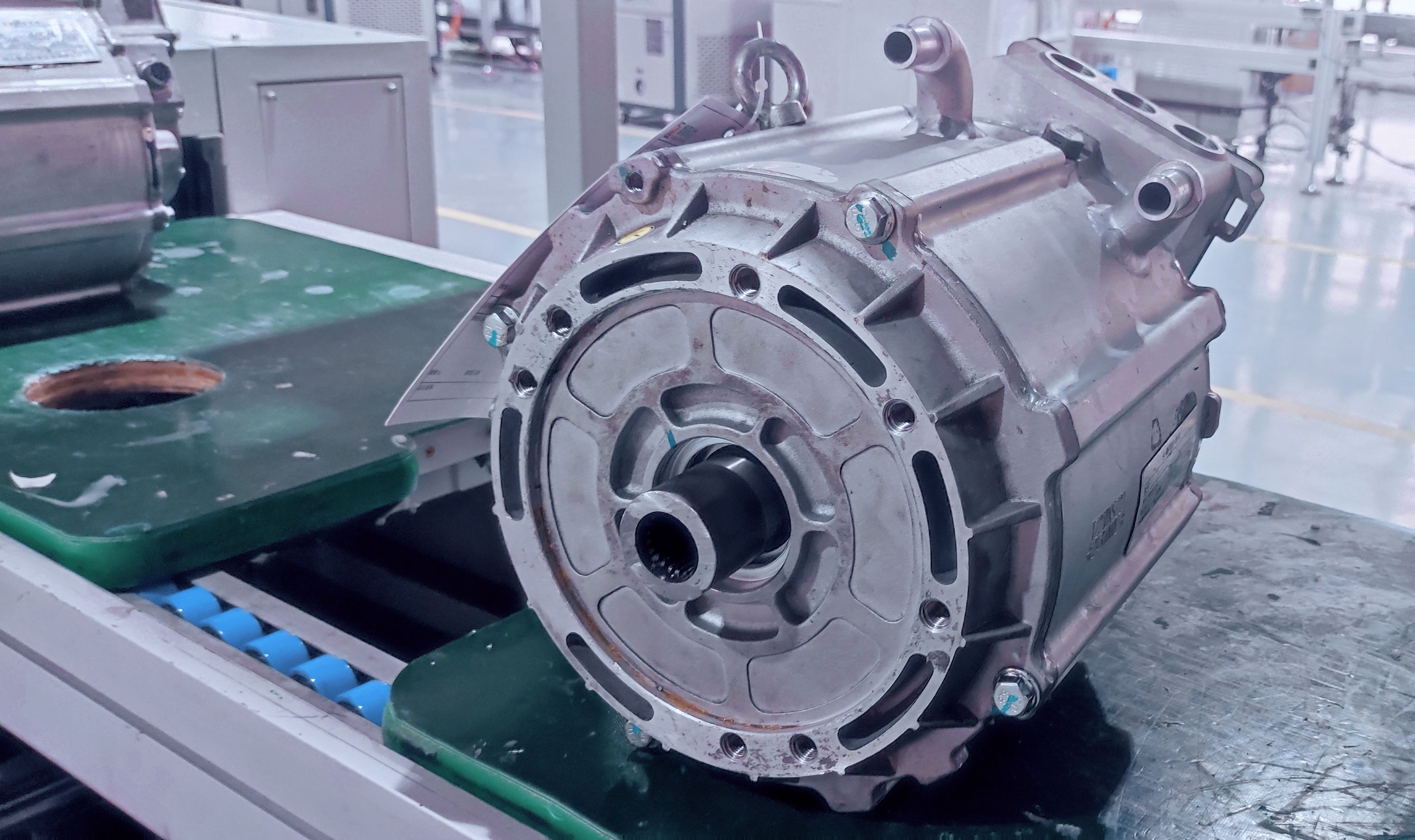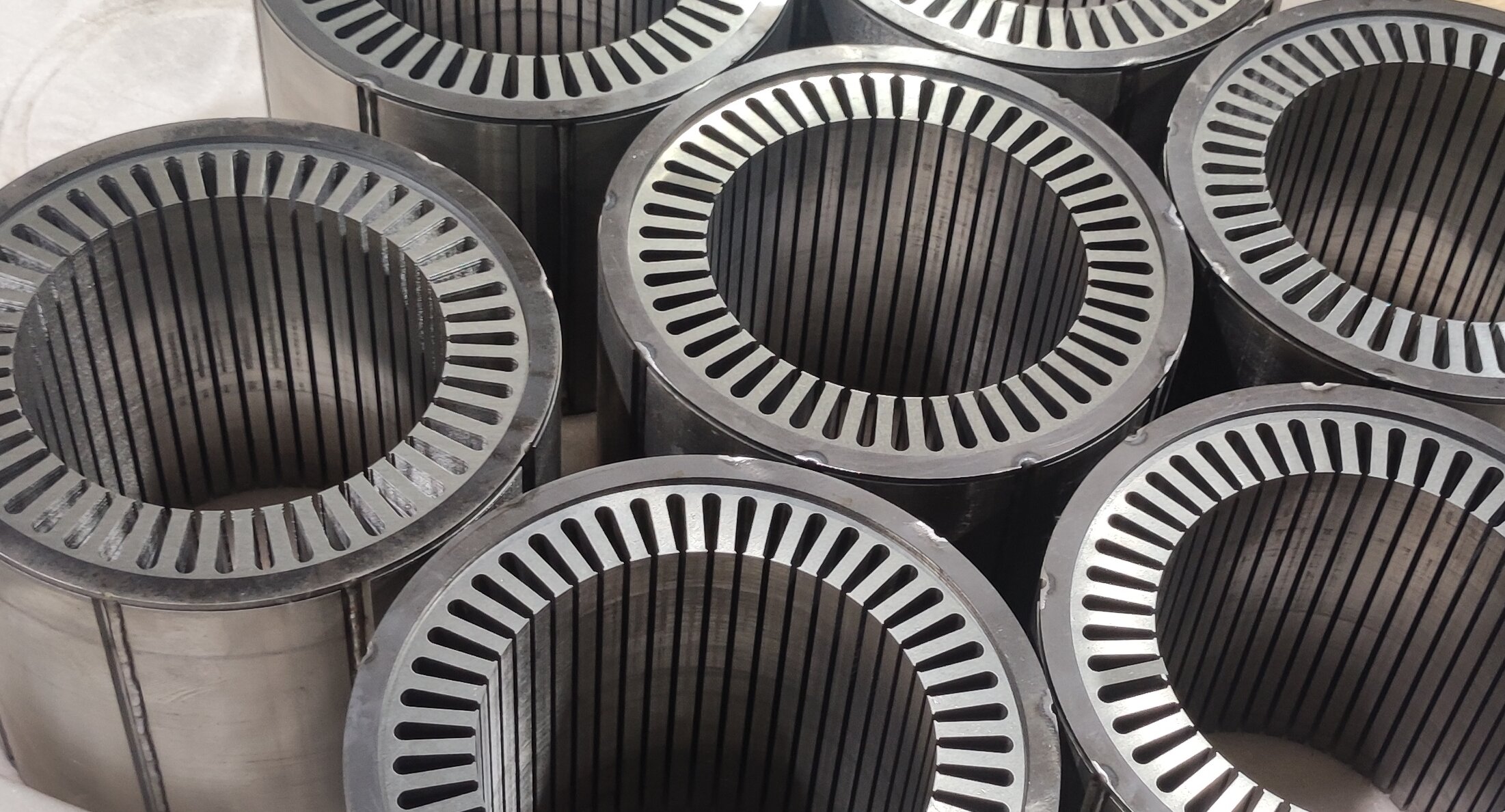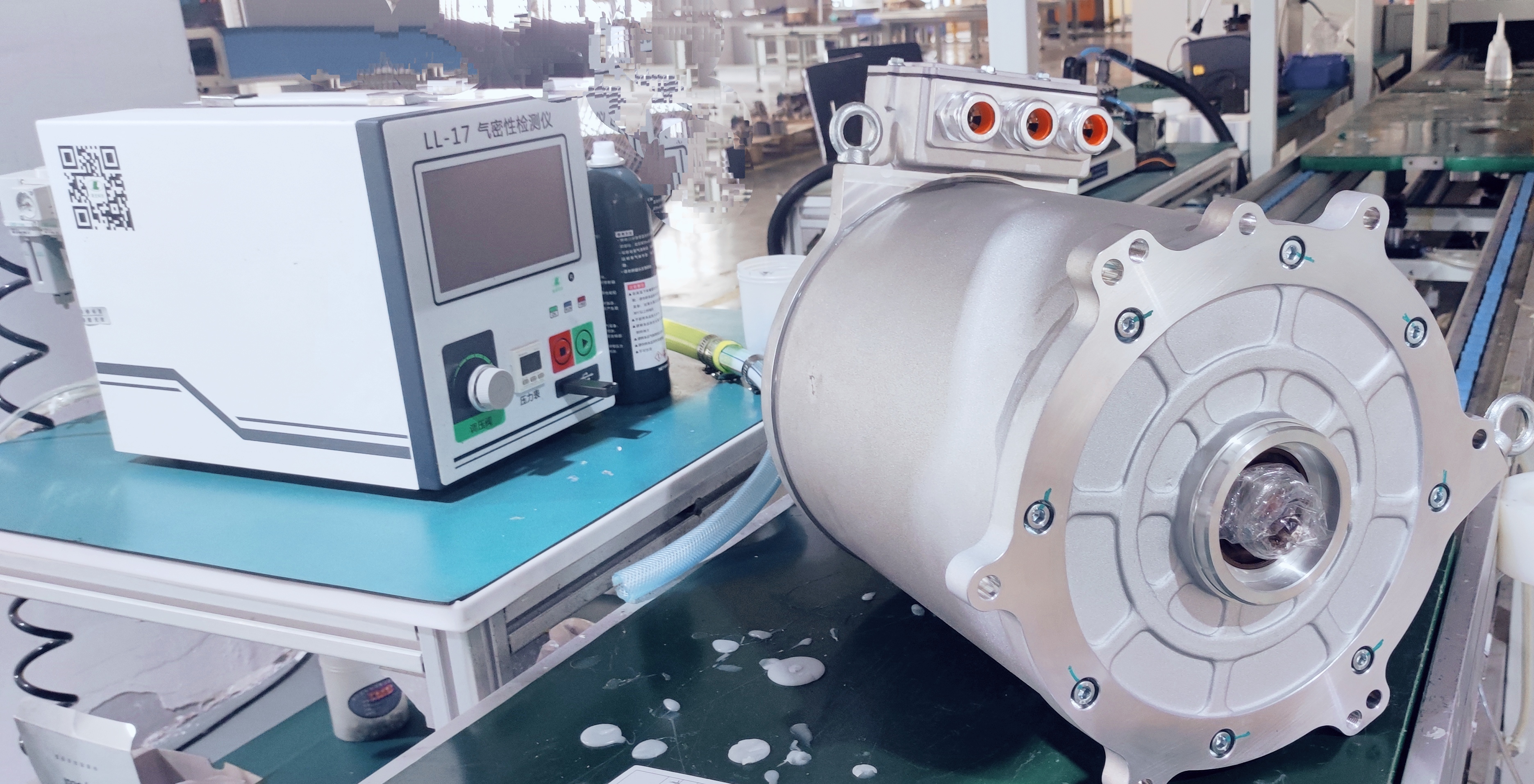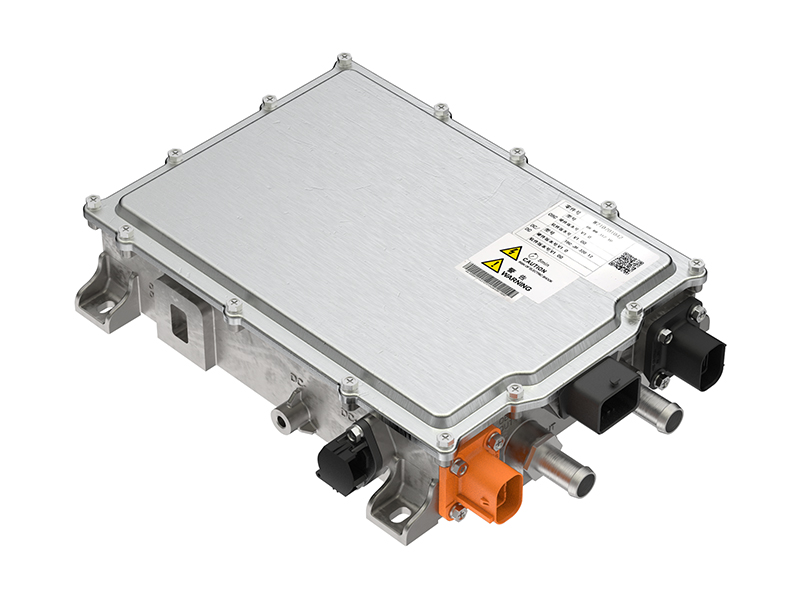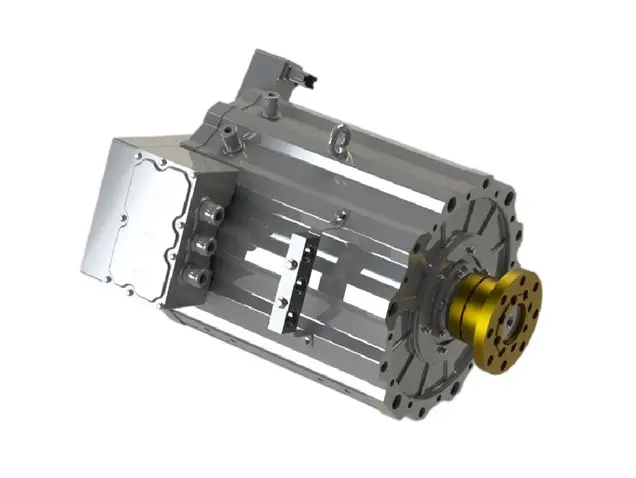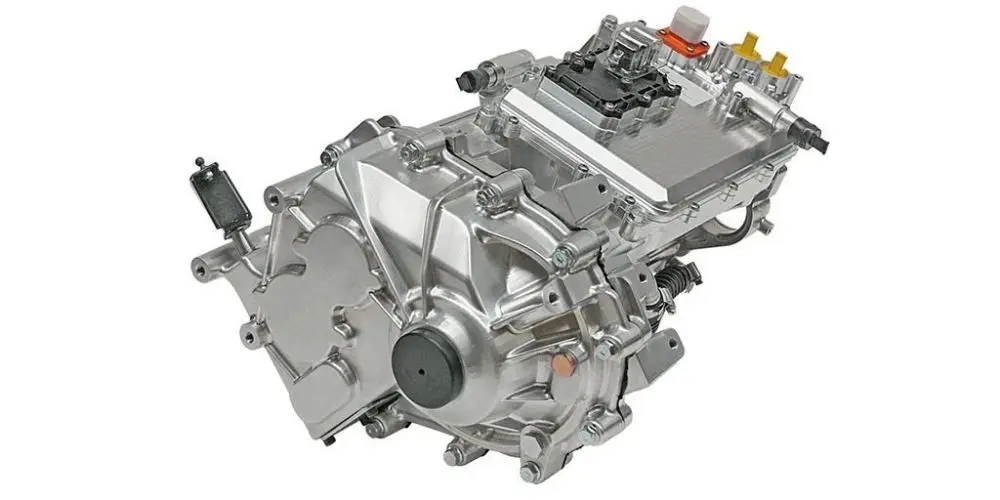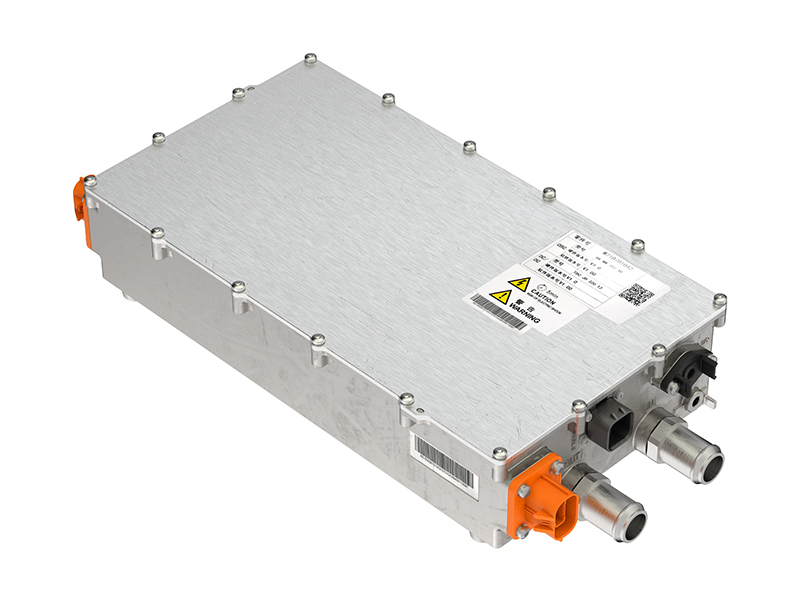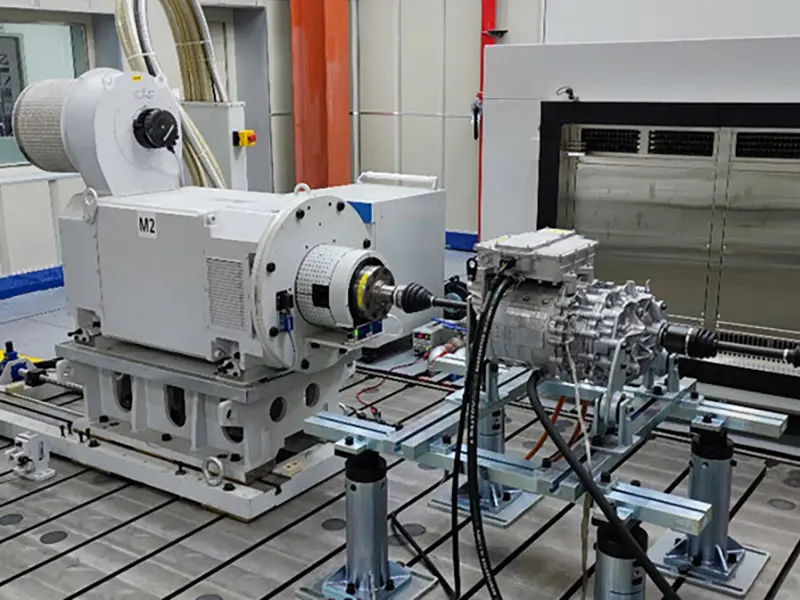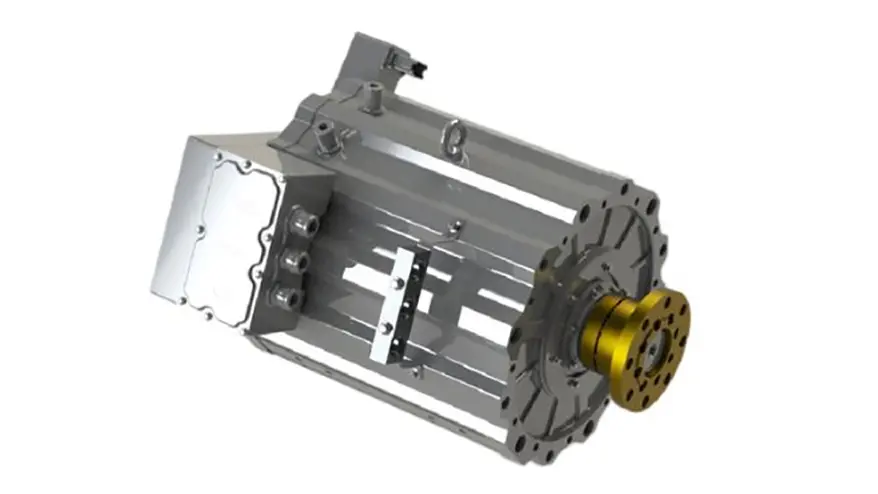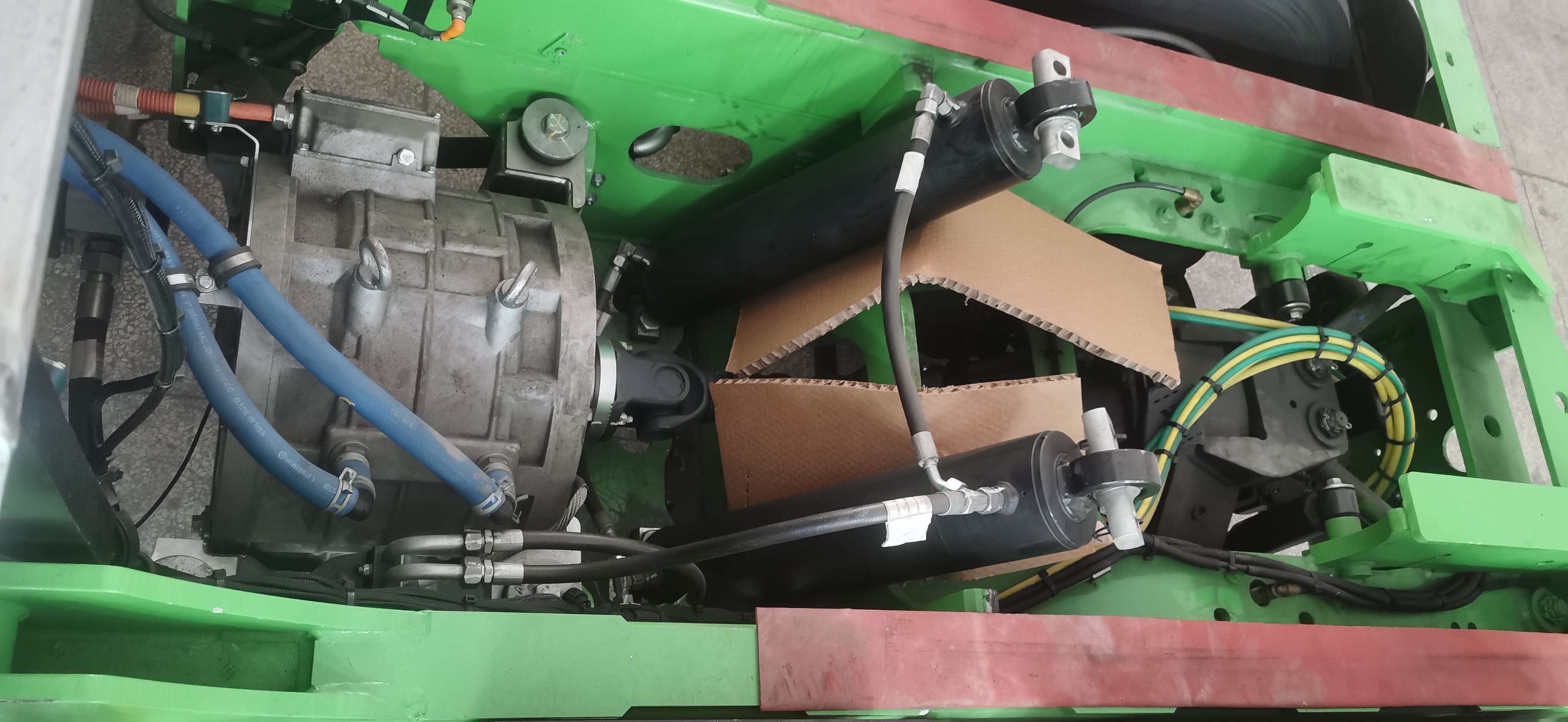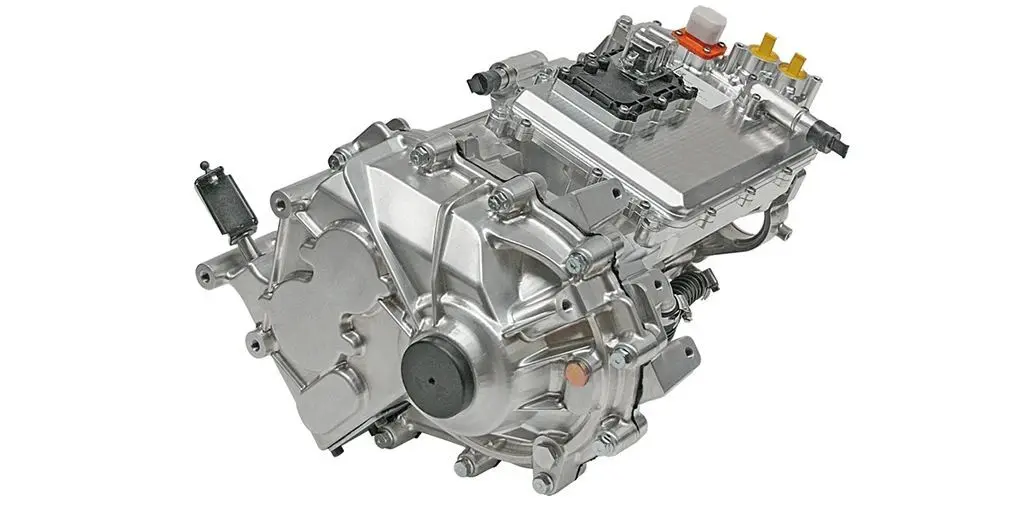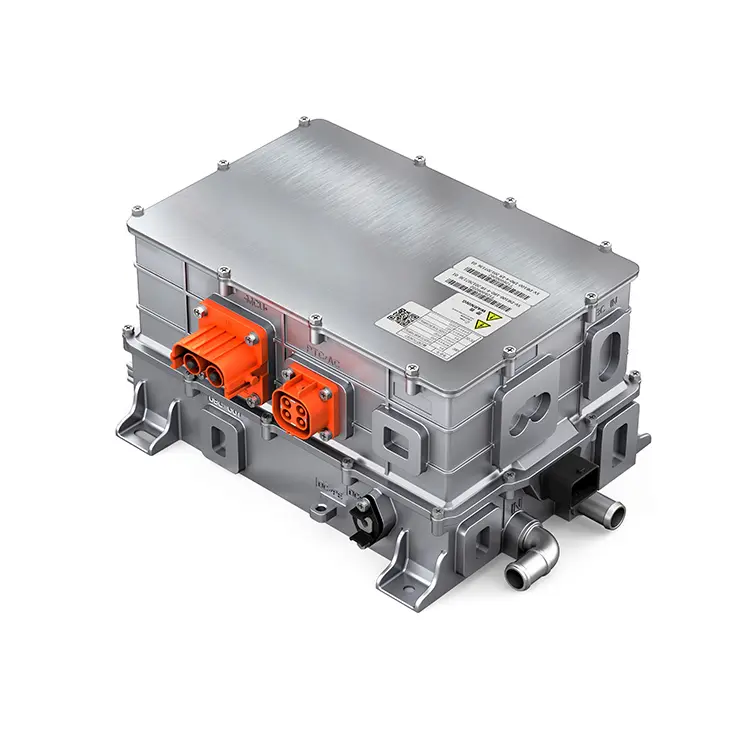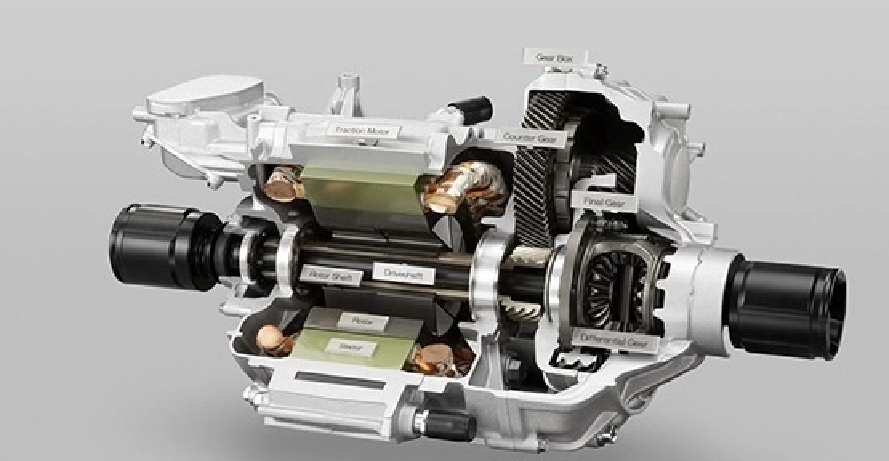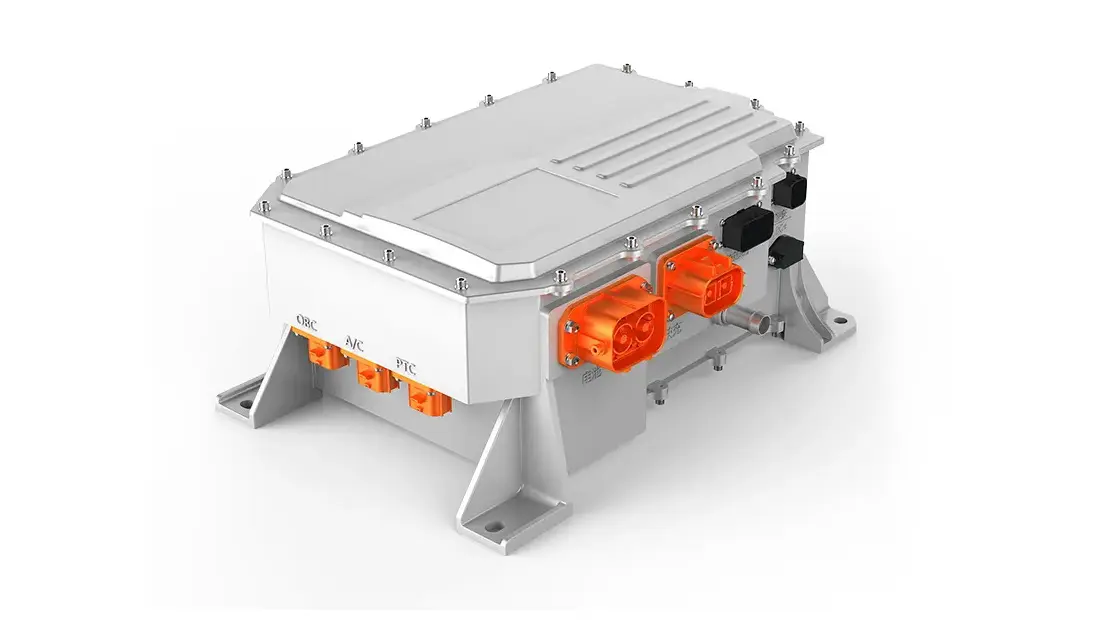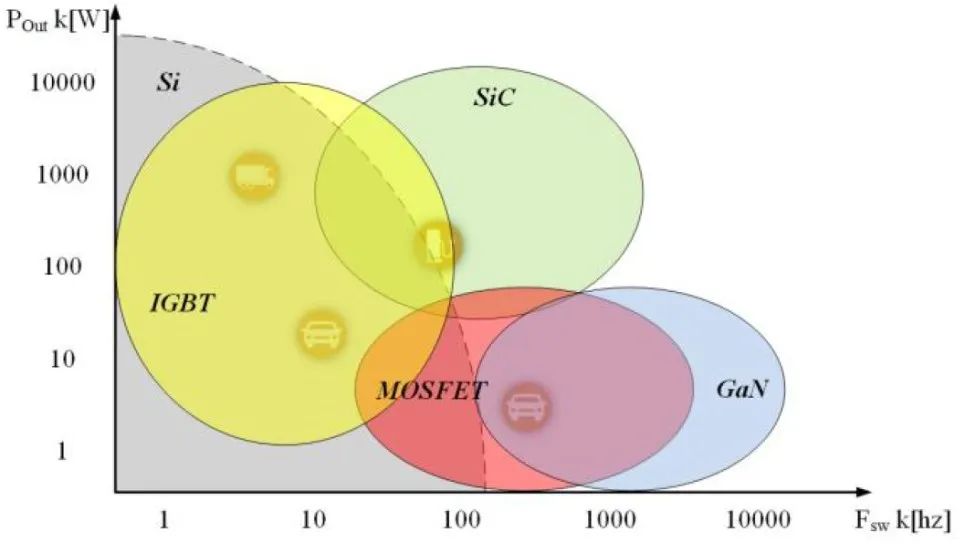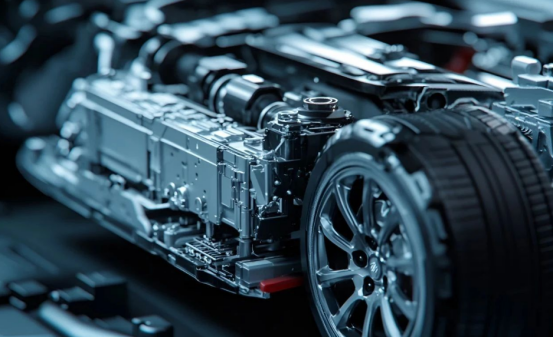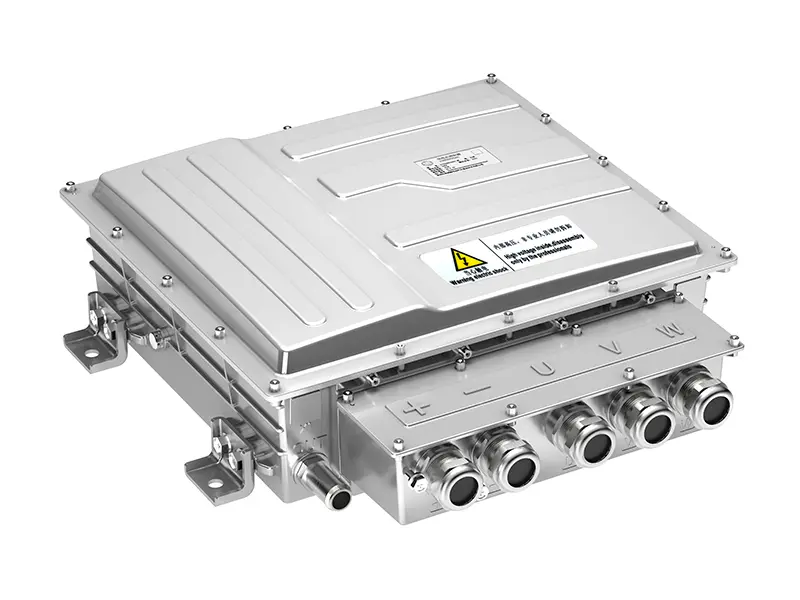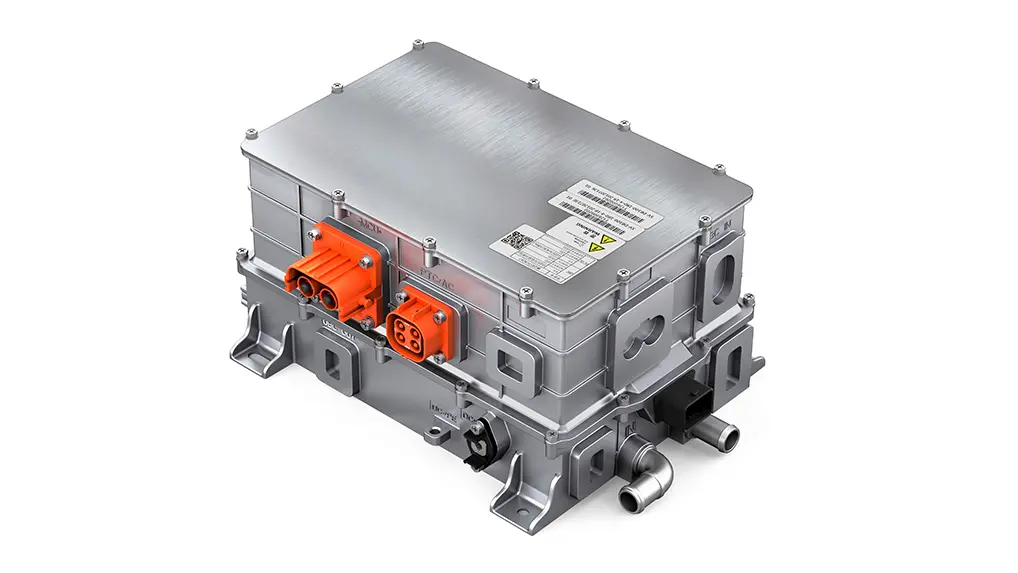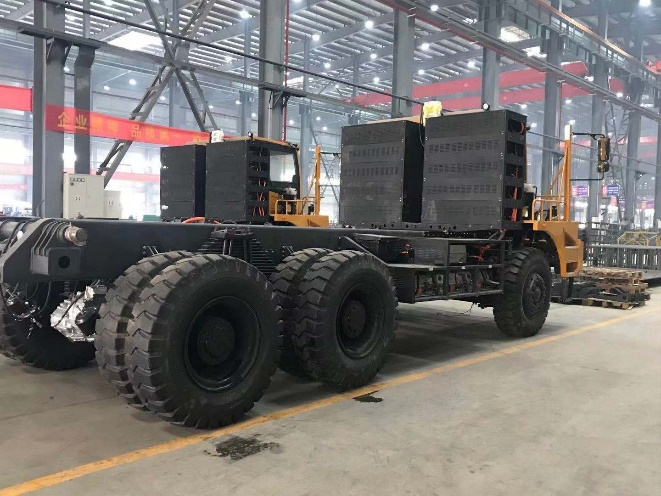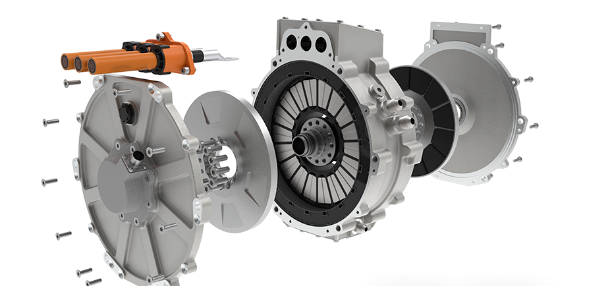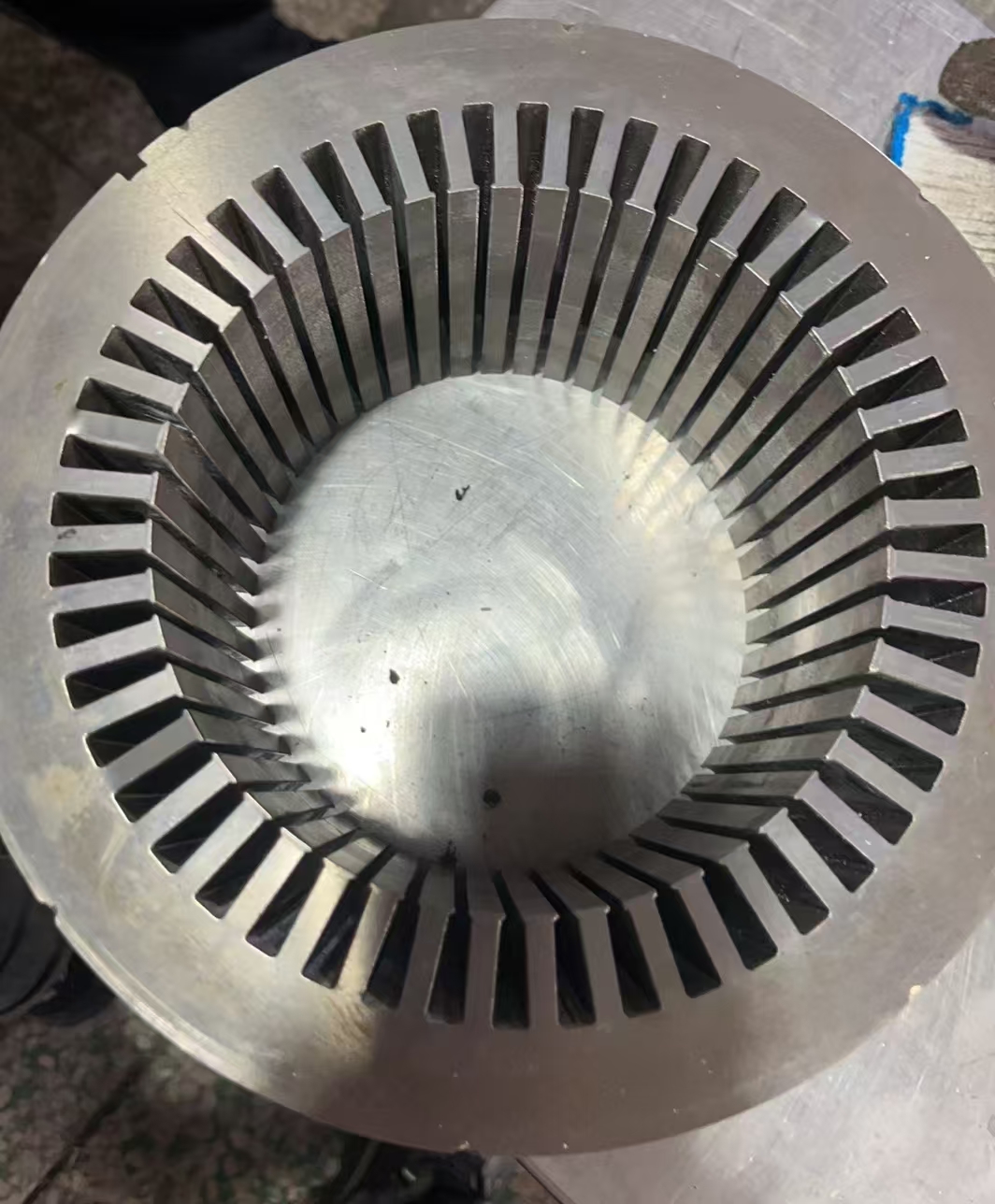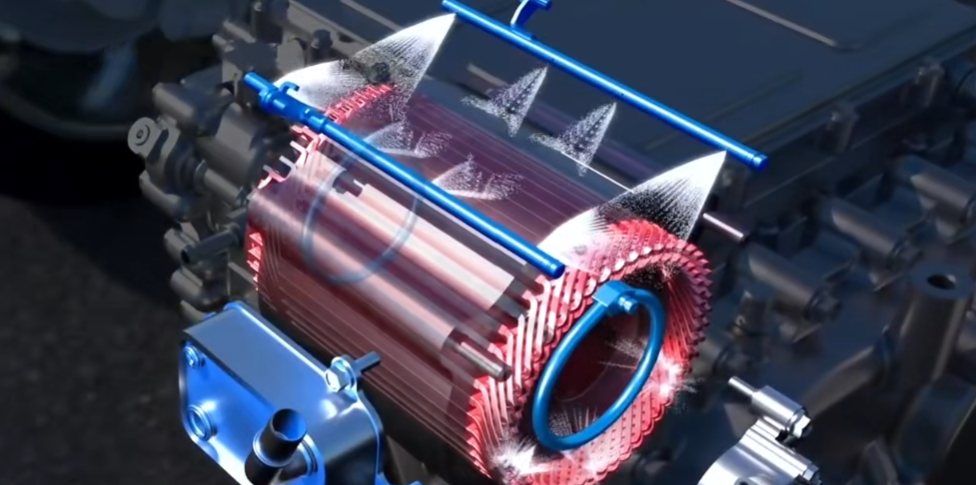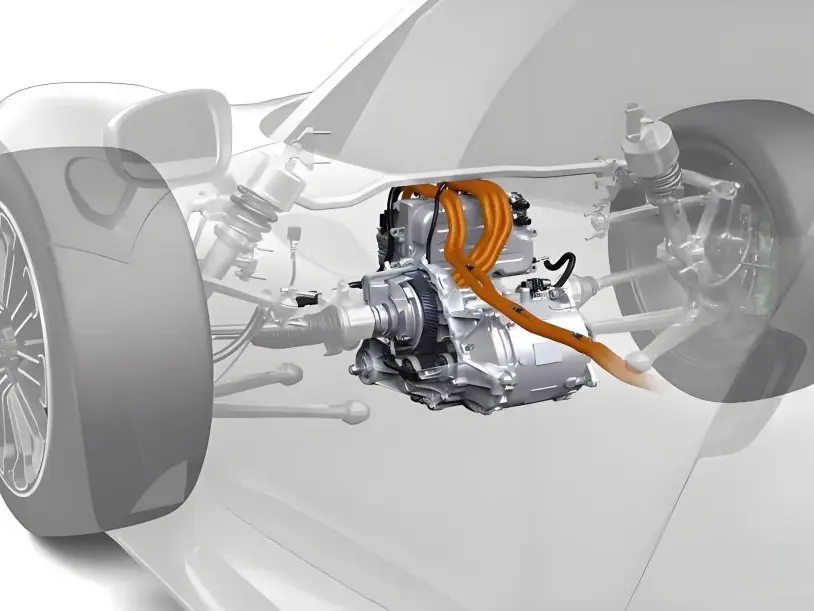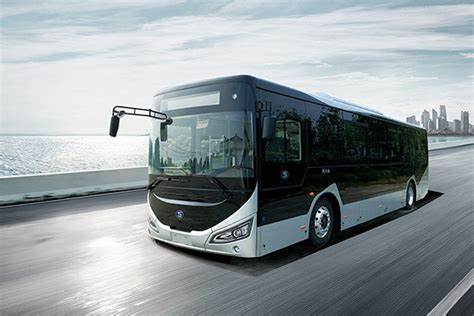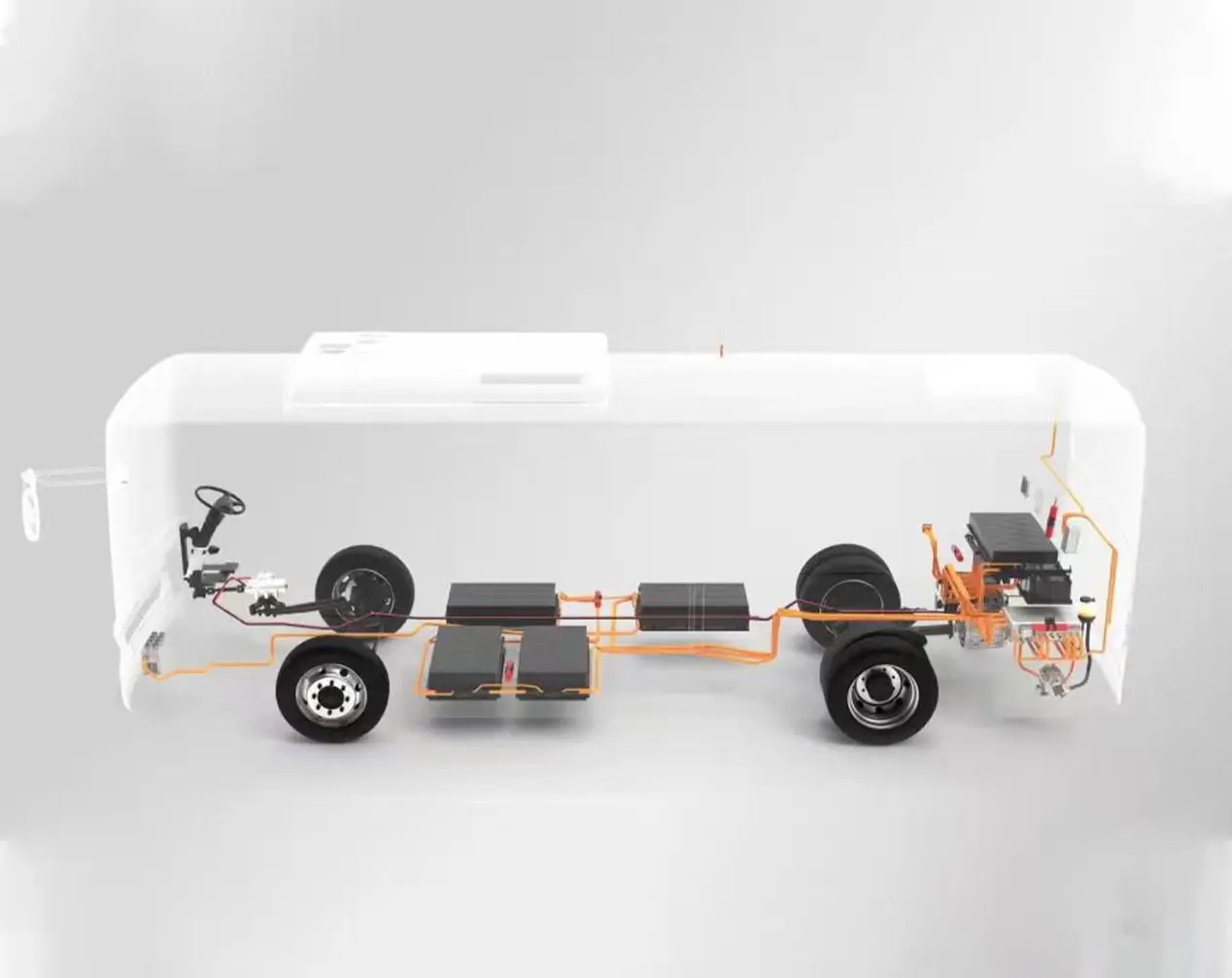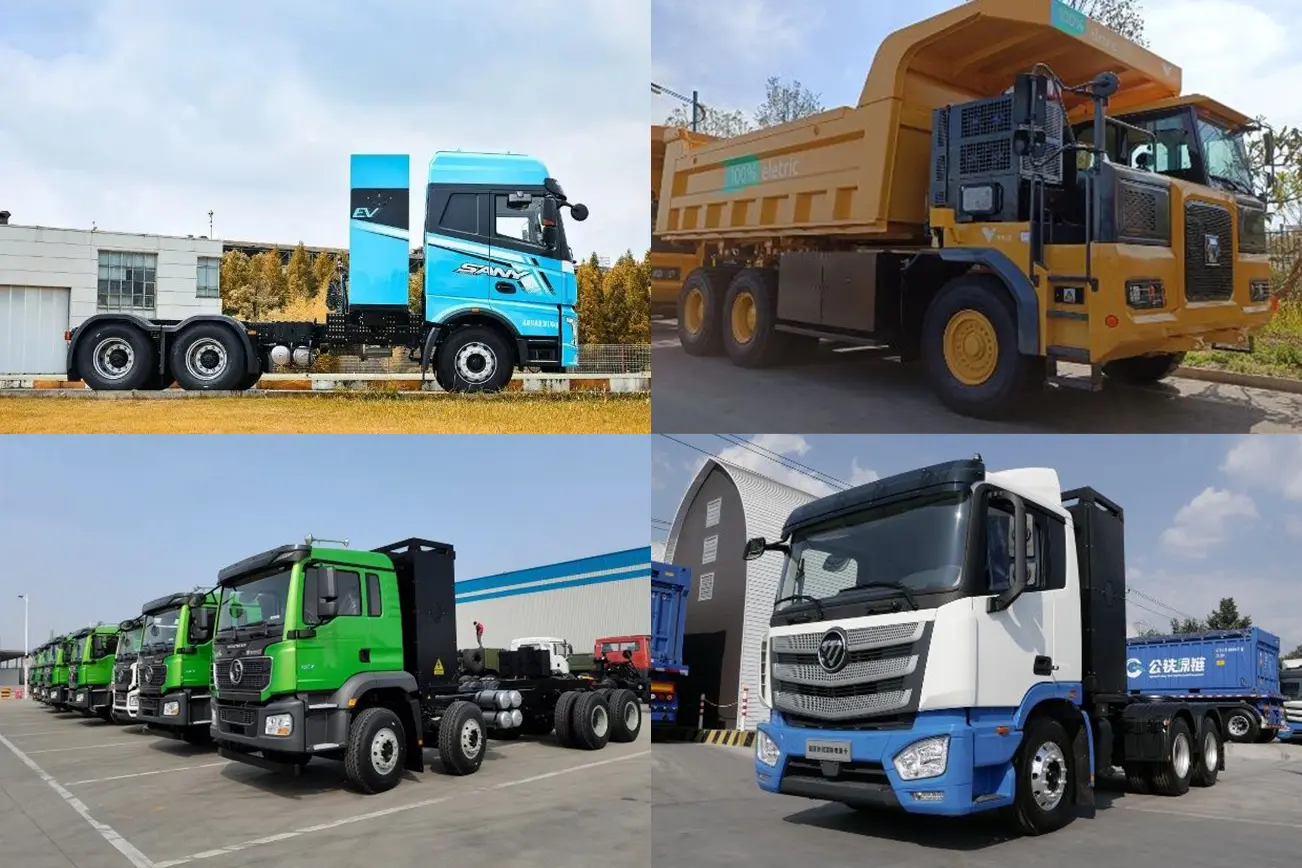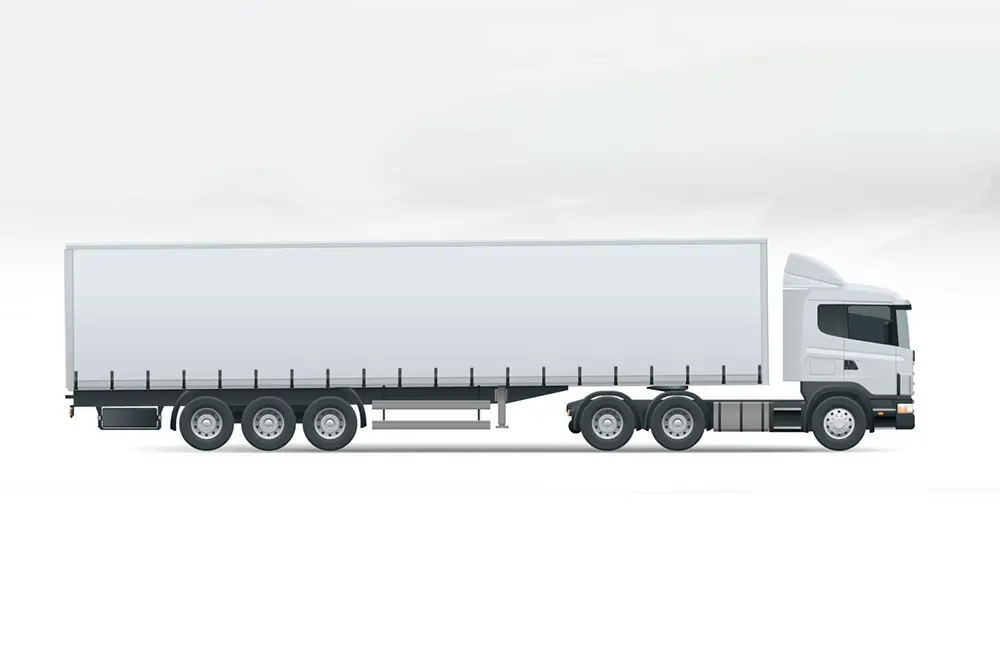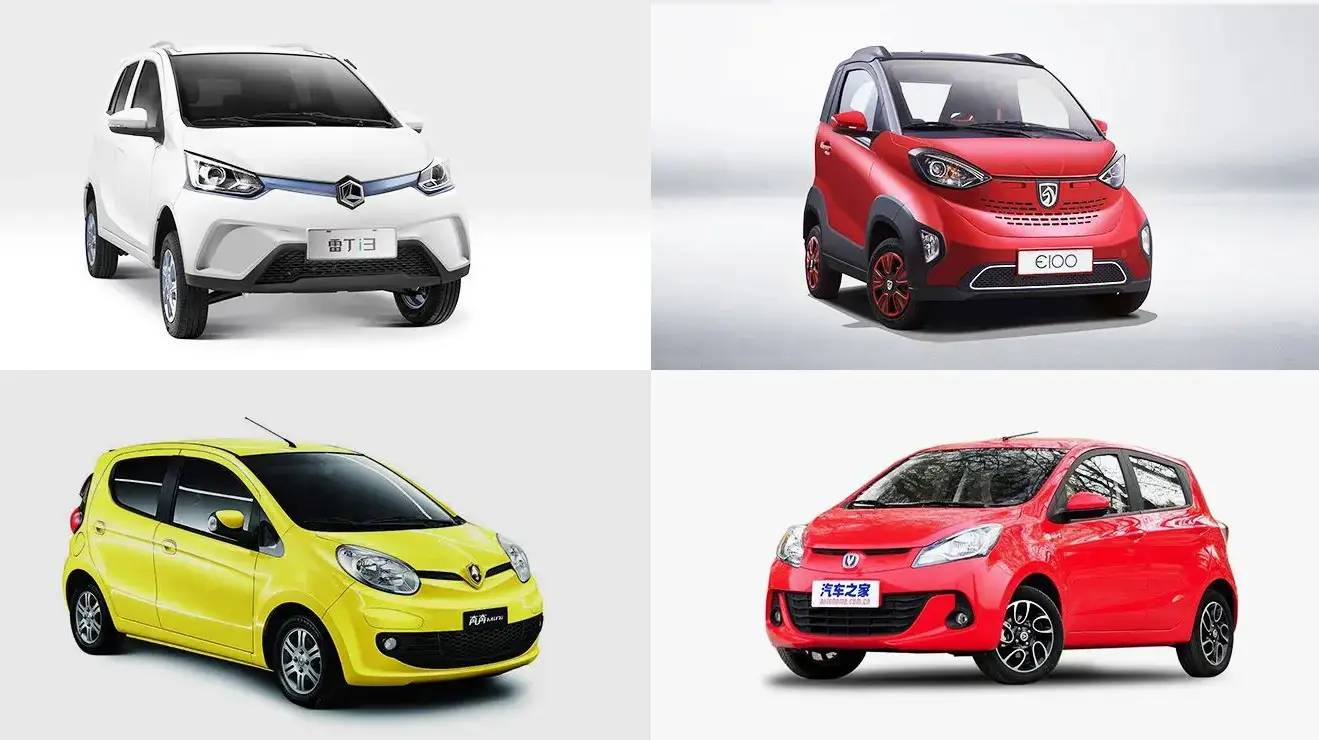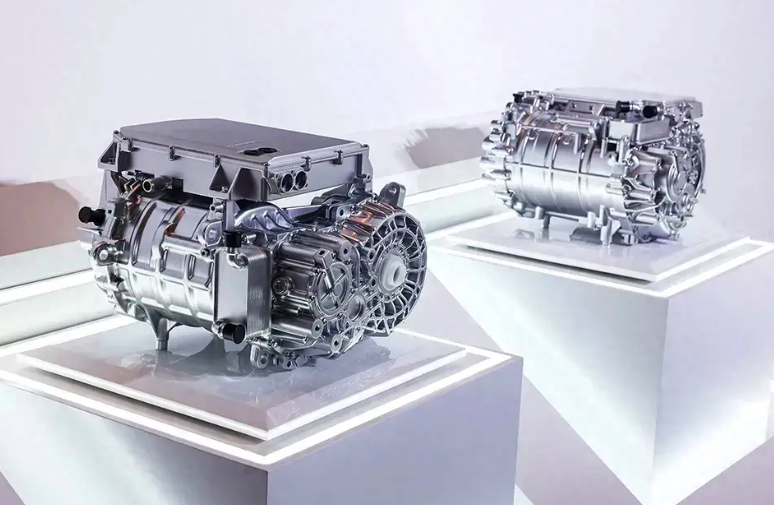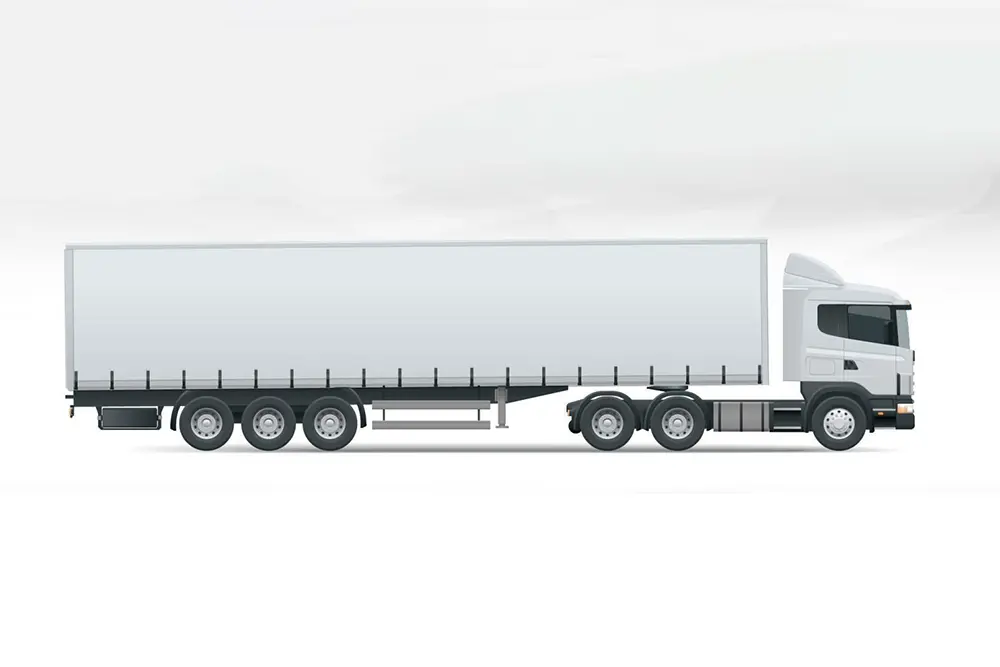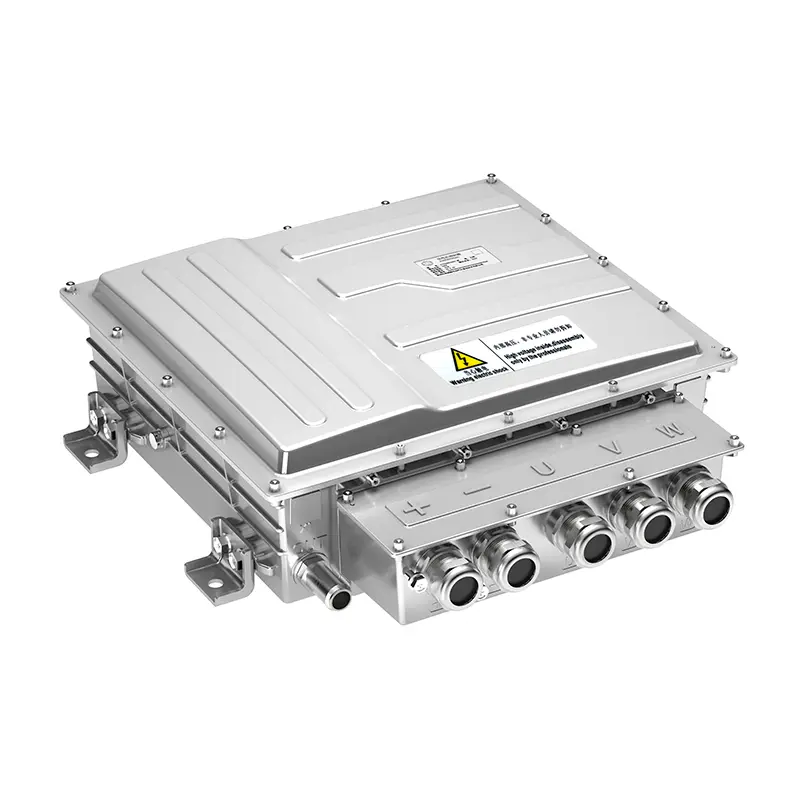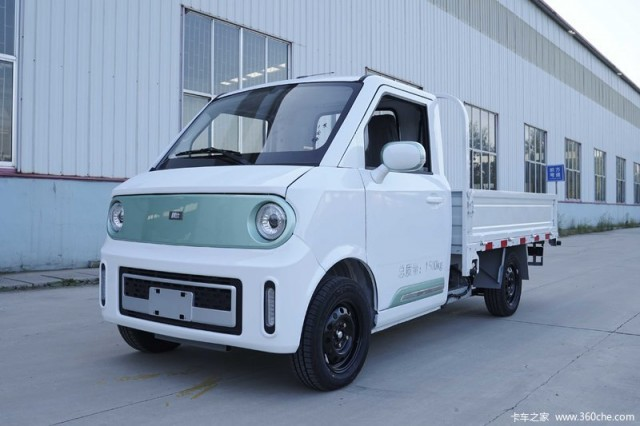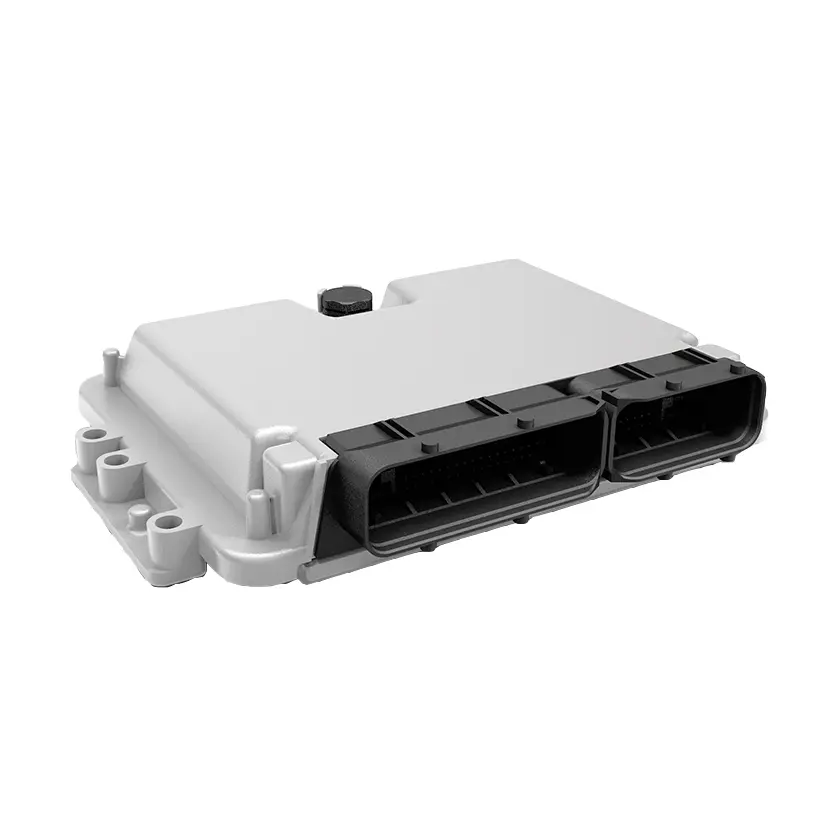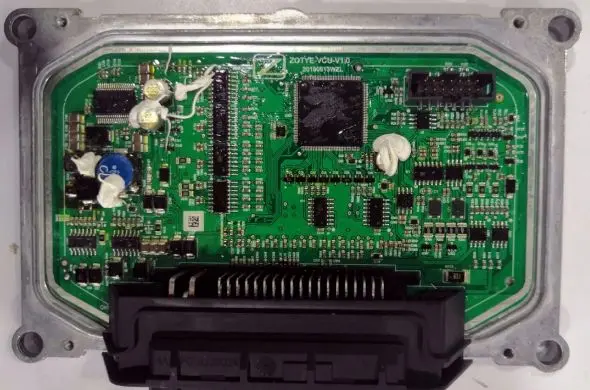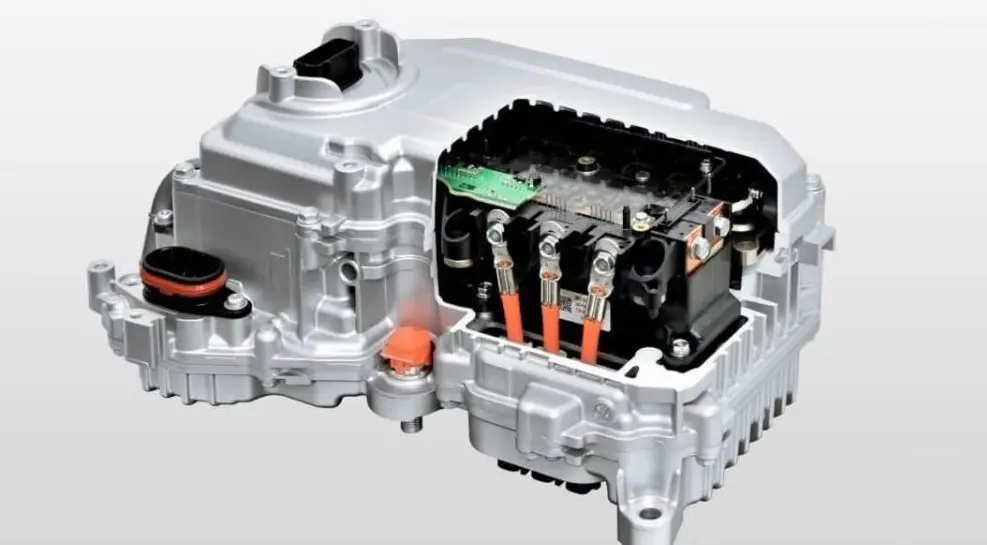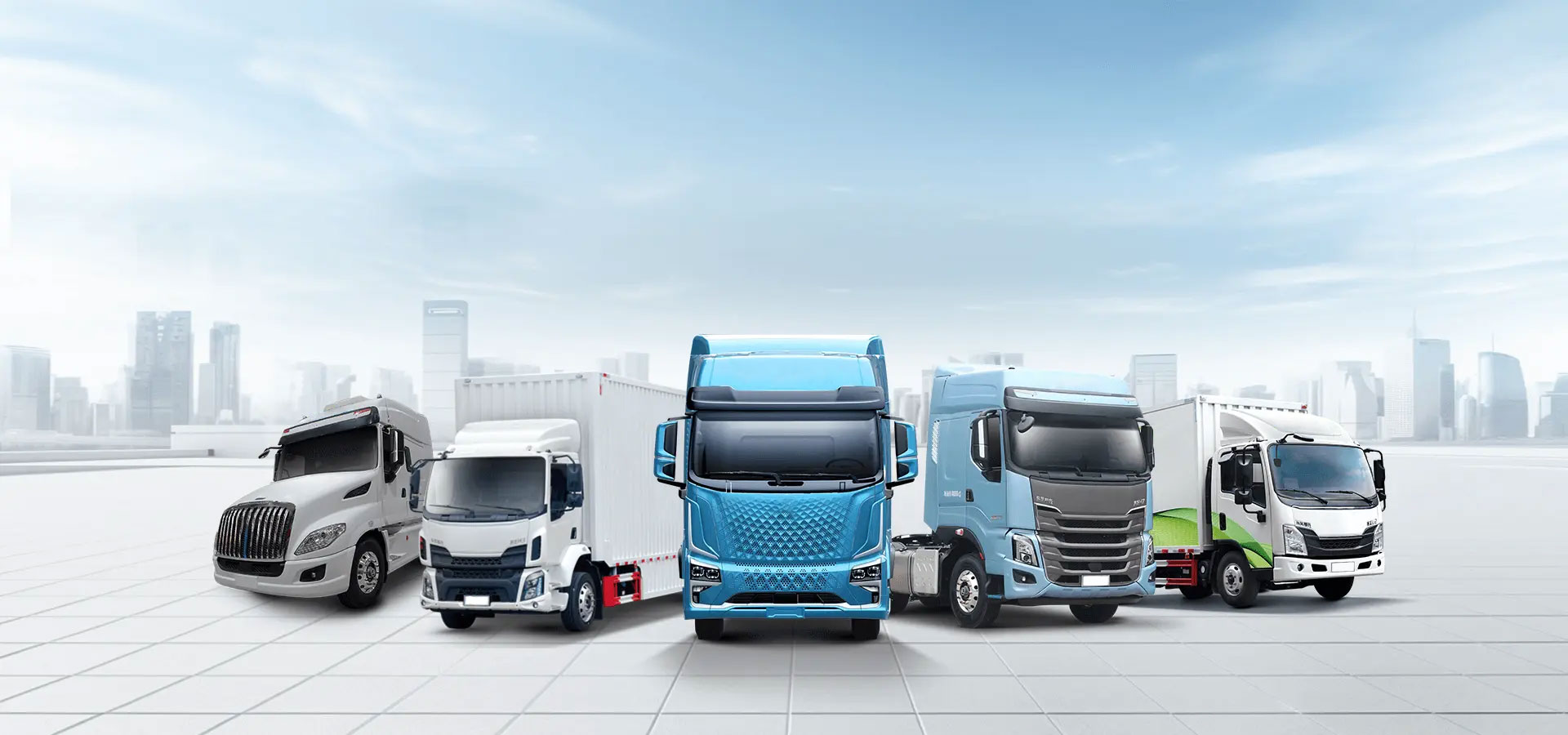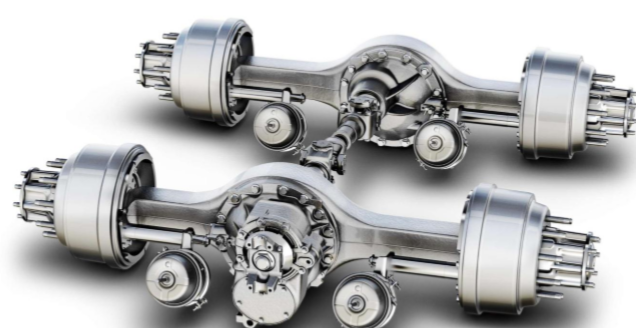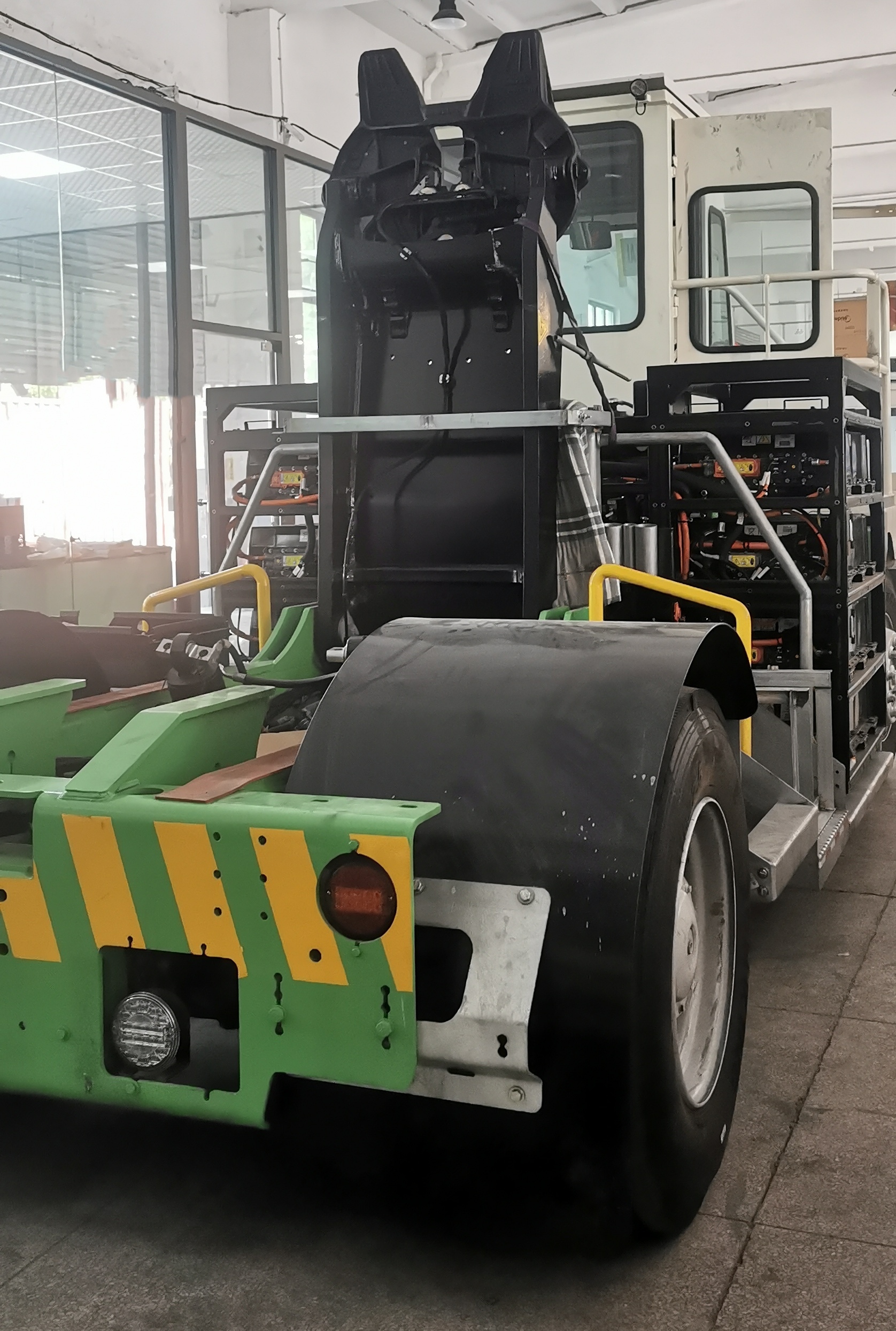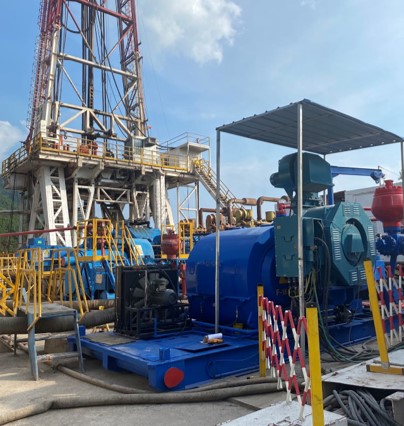Hydrogen Powertrain: The Future of Clean Energy in Mobility
In a world increasingly driven by the urgent need to reduce greenhouse gas emissions and transition to cleaner energy, hydrogen powertrain technology has emerged as a strong contender. As the demand for sustainable solutions grows across industries such as transportation, logistics, aviation, and maritime, hydrogen offers a versatile and powerful energy source. Unlike fossil fuels, hydrogen can deliver high energy output while emitting nothing more harmful than water vapor.
This blog delves deep into the world of hydrogen powertrains — what they are, how they work, their applications, advantages, challenges, and future prospects. By the end of this article, you will understand why many experts see hydrogen as a critical pillar in building a sustainable energy ecosystem.
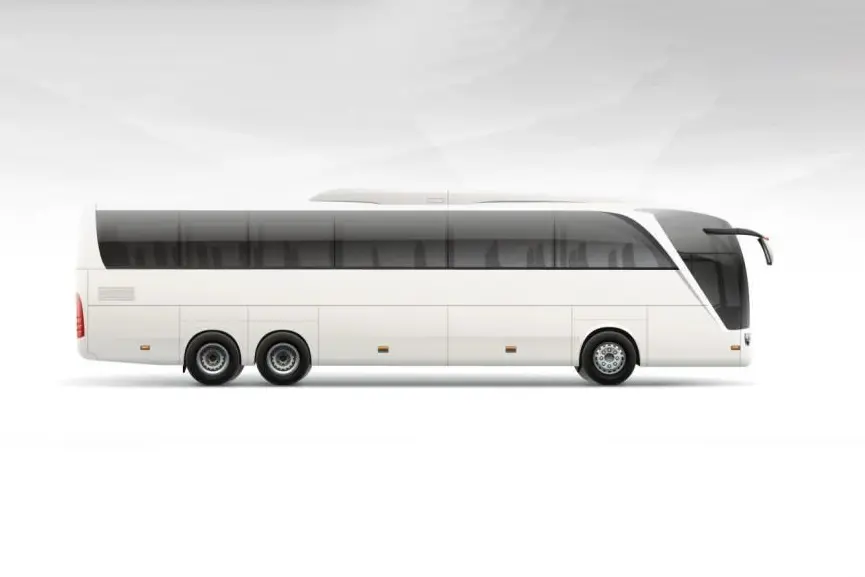
What is a Hydrogen Powertrain?
A hydrogen powertrain is a system within a vehicle that uses hydrogen gas as the main source of energy for propulsion. It typically comprises a fuel cell that generates electricity by chemically reacting hydrogen with oxygen. This electricity is then used to power an electric motor, such as electric truck motor moving the vehicle.
Importantly, the hydrogen powertrain differs from conventional internal combustion engines (ICEs) that rely on burning gasoline or diesel. Instead of combustion, hydrogen vehicles often rely on electrochemical reactions that produce electricity quietly, efficiently, and without producing harmful emissions like CO₂, NOx, or particulates.
A hydrogen powertrain generally consists of:
- Fuel cell stack (core device generating electricity)
- High-pressure hydrogen storage tanks
- Electric motor for propulsion
- Battery or ultracapacitor to buffer energy
- Power control unit to manage electricity flow
Some experimental models also use hydrogen directly in internal combustion engines modified to burn hydrogen gas instead of gasoline. However, such engines still emit small amounts of NOx and are less efficient than fuel cells, making fuel-cell-based powertrains the primary focus of future development.
How Does a Hydrogen Powertrain Work?
At a high level, a hydrogen powertrain functions by converting hydrogen's chemical energy into mechanical energy without combustion. Here's a detailed, step-by-step view:
1. Hydrogen Storage
The vehicle carries compressed hydrogen gas in specially designed, high-pressure tanks made of lightweight carbon fiber composites. These tanks typically operate at 700 bar (around 10,000 psi) for passenger vehicles and slightly lower pressures for buses and trucks. Ensuring secure, lightweight, and durable storage is essential for both performance and safety.
2. Fuel Cell Operation
The fuel cell is the heart of the hydrogen powertrain. Inside, a process known as electrochemical conversion occurs:
- Hydrogen (H₂) gas is fed into the anode side of the fuel cell.
- At the anode, a catalyst (often platinum) splits the hydrogen molecules into protons (H⁺) and electrons (e⁻).
- Protons pass through a proton exchange membrane (PEM) to the cathode.
- Electrons travel through an external circuit, creating an electric current that powers the vehicle’s motor.
- At the cathode, the protons, electrons, and oxygen (from ambient air) recombine to form water (H₂O) as a harmless byproduct.
- This clean reaction delivers electricity continuously as long as hydrogen is supplied.
3. Powering the Motor
The electricity generated from the fuel cell is used to drive an electric traction motor, much like the motors found in battery-electric vehicles (BEVs). In many cases, there’s also a small battery or supercapacitor onboard to:
- Capture energy from regenerative braking.
- Provide extra power for acceleration.
- Balance the power demands during transient loads.
4. Power Control
A sophisticated power management system regulates:
- Power from the fuel cell to the motor.
- Energy exchange between the battery and motor.
- Optimal operation of the fuel cell under different driving conditions.
Thus, the entire process from hydrogen tank to road wheels is seamless and efficient, resulting in a smooth and powerful driving experience with zero harmful tailpipe emissions.
Types of Hydrogen Powertrain Systems
Hydrogen powertrains can be categorized based on how hydrogen is used for vehicle propulsion. The two main types are:
1. Hydrogen Fuel Cell Electric Vehicle (FCEV)
Primary technology focus for most automotive applications.
Hydrogen is converted to electricity through a fuel cell.
The electricity powers an electric motor.
A small battery often supplements the fuel cell.
Only byproduct: Water vapor.
Examples:
- Toyota Mirai (Japan)
- Hyundai Nexo (South Korea)
- Honda Clarity Fuel Cell (USA, now discontinued)
Advantages:
- Very clean and efficient.
- Quiet operation.
- Longer range compared to BEVs.
2. Hydrogen Internal Combustion Engine (H2-ICE)
Traditional internal combustion engine modified to burn hydrogen instead of gasoline.
Mechanically similar to today's engines (pistons, crankshafts, etc.).
Produces NOx emissions but no CO₂.
Less efficient than FCEVs.
Examples:
- BMW Hydrogen 7 (luxury sedan prototype)
- Toyota’s GR Yaris Hydrogen Concept (racing program)
Advantages:
- Leverages existing manufacturing and maintenance infrastructure.
- Quicker transition for industries like trucking or aviation where ICE familiarity is critical.
- In the long term, fuel cell technology is seen as more sustainable, but H2-ICE engines may play an important transitional role in decarbonizing heavy-duty sectors.
Advantages of Hydrogen Powertrain
There are numerous reasons why hydrogen powertrain systems are attracting significant interest globally:
1. True Zero Emissions
Hydrogen FCEVs produce only water vapor during operation, resulting in zero carbon dioxide, hydrocarbons, or particulate emissions. This makes them perfect for cities battling air pollution and for industries under strict environmental regulations.
2. Rapid Refueling
Filling a hydrogen vehicle takes about the same time as refueling a gasoline or diesel car: 3–5 minutes.
This solves one of the biggest drawbacks of battery-electric vehicles (long recharge times), making hydrogen very attractive for commercial fleets that need maximum uptime.
3. Longer Driving Range
Current hydrogen cars offer 400–500+ miles of driving range on a single tank, which exceeds most electric vehicles. This long-range capability is crucial for:
- Long-haul trucking.
- Public transportation buses.
- Intercity travel.
4. Lightweight Energy Storage
Hydrogen has a much higher specific energy (energy per kilogram) than batteries. This means:
Vehicles can carry less weight for the same range.
Payload capacity for trucks and buses is preserved.
5. Versatility
Hydrogen can fuel everything from compact cars to heavy machinery, trains, ships, and even airplanes.
This makes hydrogen powertrains a universal solution to decarbonize multiple industries simultaneously.
6. Energy Independence
Hydrogen can be produced locally from water using renewable electricity (solar, wind), reducing dependency on imported fossil fuels.
Challenges Facing Hydrogen Powertrain Development
Despite its numerous advantages, hydrogen powertrain technology still faces significant hurdles:
1. Hydrogen Production Challenges
Currently, about 95% of hydrogen is produced from natural gas via steam methane reforming (SMR), which emits CO₂.
Producing green hydrogen — hydrogen derived from renewable energy through electrolysis — remains expensive, though costs are expected to fall by 2030.
2. Infrastructure Gaps
Hydrogen refueling stations are limited:
- California has ~50 stations.
- Germany leads Europe with ~100 stations.
- Japan and South Korea are rapidly expanding networks.
However, building a full hydrogen refueling infrastructure will require substantial investment.
3. High Costs
Fuel cells and hydrogen tanks are expensive compared to batteries or combustion engines, mainly due to:
- Use of precious metals like platinum.
- Complex manufacturing processes.
Although costs have dropped by over 60% in the past decade, further reductions are needed to make hydrogen powertrains competitive.
4. Energy Inefficiency
Hydrogen-based mobility involves multiple energy conversions:
Electricity → Hydrogen → Electricity → Motion. Each step has losses, making hydrogen less energy-efficient than direct battery storage for short-range vehicles.
5. Public Skepticism
Safety concerns persist among the general public, largely due to the flammability of hydrogen.
However, modern hydrogen vehicles and tanks are extremely safe and rigorously tested to meet stringent standards.
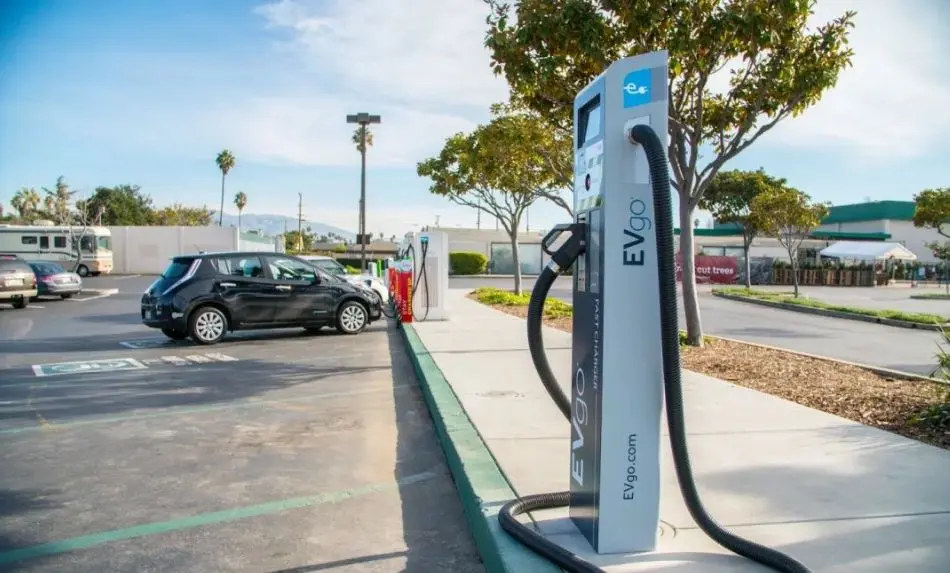
A comparison of the hydrogen car and electric lithium-ion battery car
Although hydrogen and electric technologies might initially appear to be completely opposite approaches, they are, in reality, complementary modes of mobility. The debate over “hydrogen or electric car?” is less about choosing one over the other and more about selecting the right solution based on specific vehicle usage and requirements.
For example, when it comes to lightweight commercial vehicles that require a high payload capacity, hydrogen proves to be particularly advantageous. Despite the fact that the storage tanks needed for hydrogen gas are relatively large, they do not add excessive weight to the vehicle, allowing it to maintain a good balance between load capacity and efficiency. Hydrogen vehicles are especially well-suited to intensive, closed-loop operations — situations where the vehicle follows a regular route and refueling stations are easy to access or even located directly at the company's facilities. In such settings, hydrogen refueling becomes quick, convenient, and highly practical.
On the other hand, electric vehicles powered solely by lithium-ion batteries are designed to meet the needs of a broad range of drivers and a variety of usage patterns. They are suitable for everything from short-distance urban commutes to longer highway journeys. However, once the battery is depleted, recharging must occur via the electrical grid, which typically takes more time compared to refueling a hydrogen vehicle. Nevertheless, electric cars benefit from a much denser network of charging stations, available both in private environments — such as home garages — and in public spaces like shopping centers and parking lots. Moreover, electric vehicle owners can conveniently combine routine parking with battery charging, making it easier to keep vehicles powered throughout the day.
In conclusion, both hydrogen and battery-electric technologies are not in competition but rather complement each other. They collectively support the transition toward sustainable mobility, offering solutions that can be adapted to different needs, driving patterns, and operational demands.
Conclusion
The hydrogen powertrain offers one of the most promising paths toward achieving a truly sustainable transportation sector.
Its fast refueling, long range, and zero emissions characteristics make it ideal for heavy-duty applications, intercity travel, and industries difficult to decarbonize through batteries alone.
While challenges remain around cost, infrastructure, and public awareness, significant momentum from industry and policymakers suggests that the hydrogen revolution is not a question of if, but when.
FAQs About Hydrogen Powertrains
Q1: Are hydrogen-powered vehicles safe?
Yes, modern hydrogen vehicles are extremely safe, with tanks designed to withstand bullets, crashes, and fires. Safety systems quickly vent hydrogen away from the cabin in emergencies.
Q2: How much does it cost to refuel a hydrogen car?
In the U.S., it costs around $15–$20 per kilogram, and a full refill typically costs $60–$100 depending on vehicle size and local pricing.
Q3: Where can I refuel a hydrogen car?
Primarily in California, Germany, Japan, and South Korea. New hydrogen stations are being developed in Europe, Australia, China, and parts of North America.
Q4: Will hydrogen fuel cell vehicles replace battery-electric cars?
Not entirely — both technologies will coexist. Hydrogen is better suited for long-haul, commercial, and industrial uses; BEVs are best for personal and city transport.
Q5: What companies are leading hydrogen powertrain development?
Toyota, Hyundai, Plug Power, Ballard Power Systems, and Airbus are major innovators in hydrogen mobility technologies.
Read More: What Is The Difference Between An EV Drivetrain And Powertrain In Electric Vehicle?









